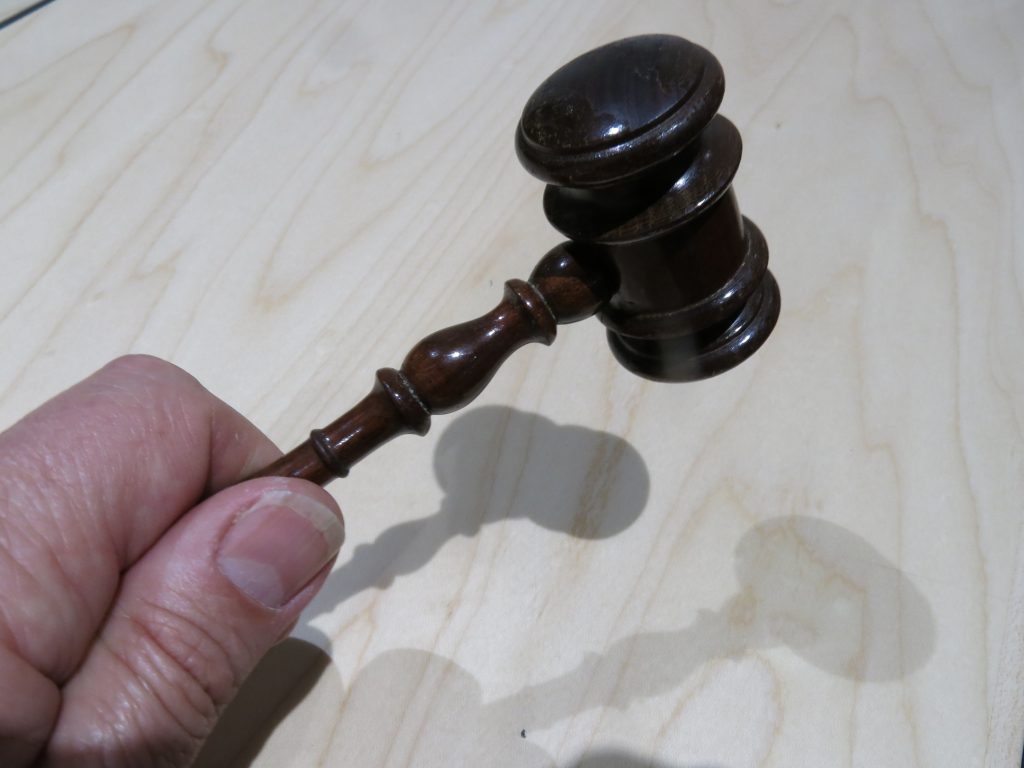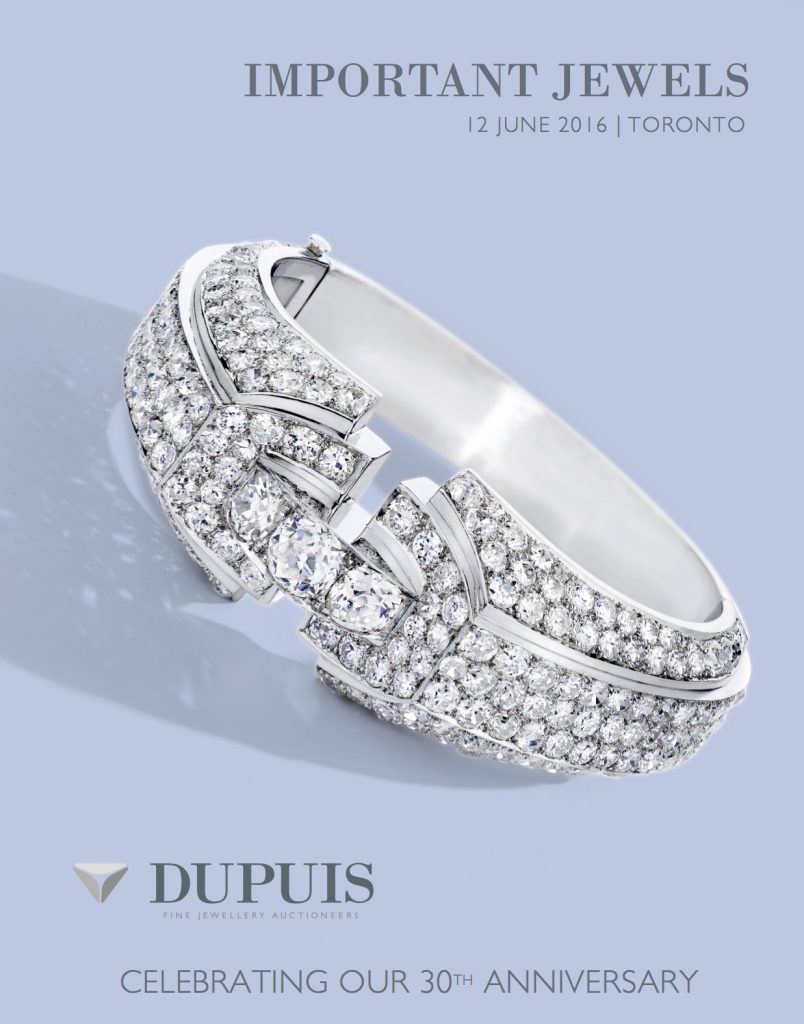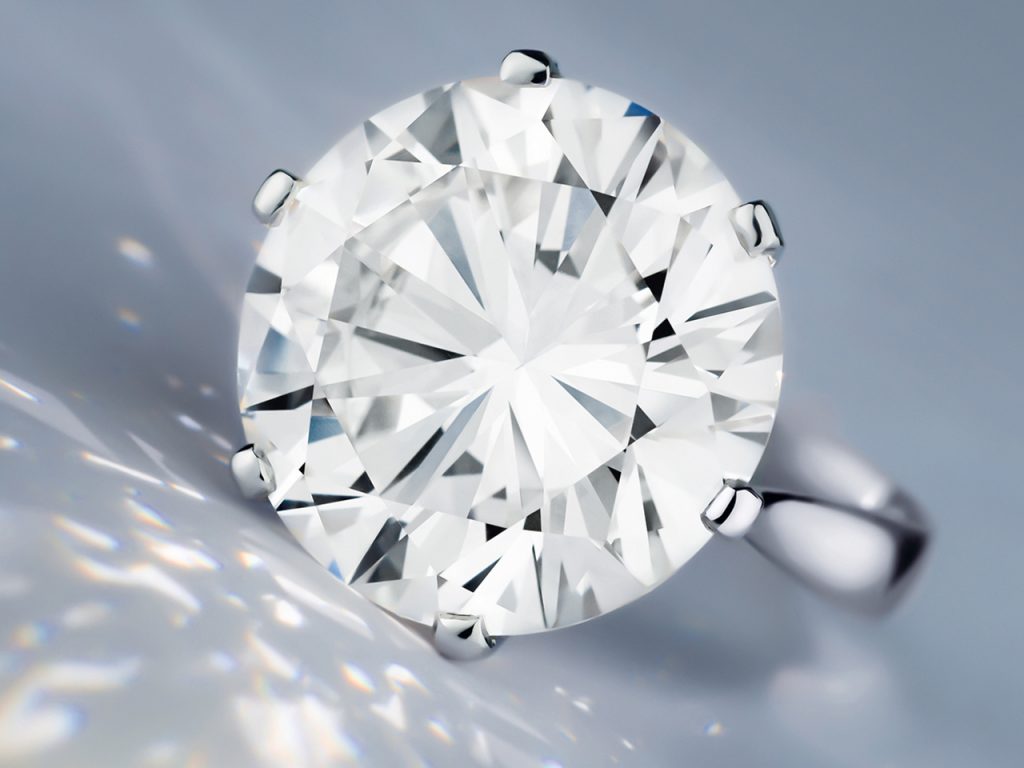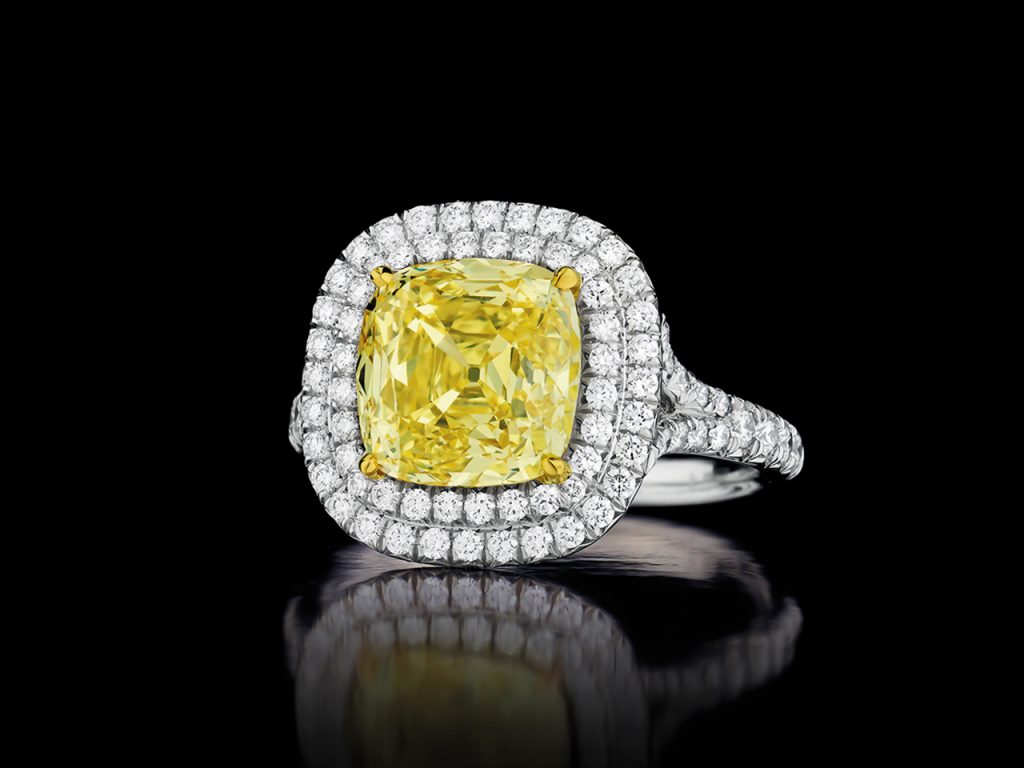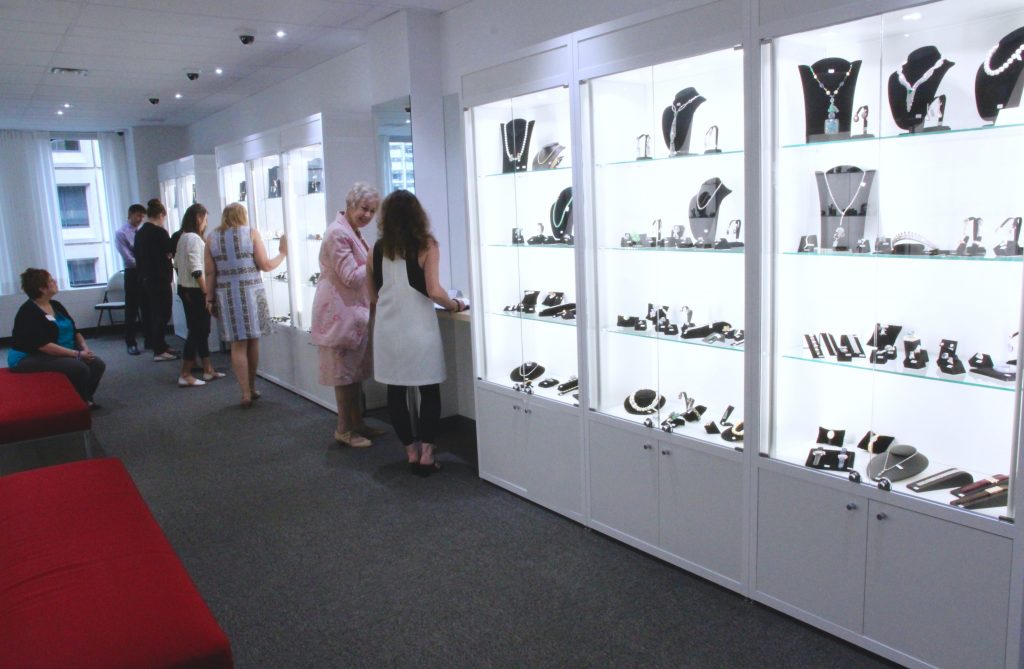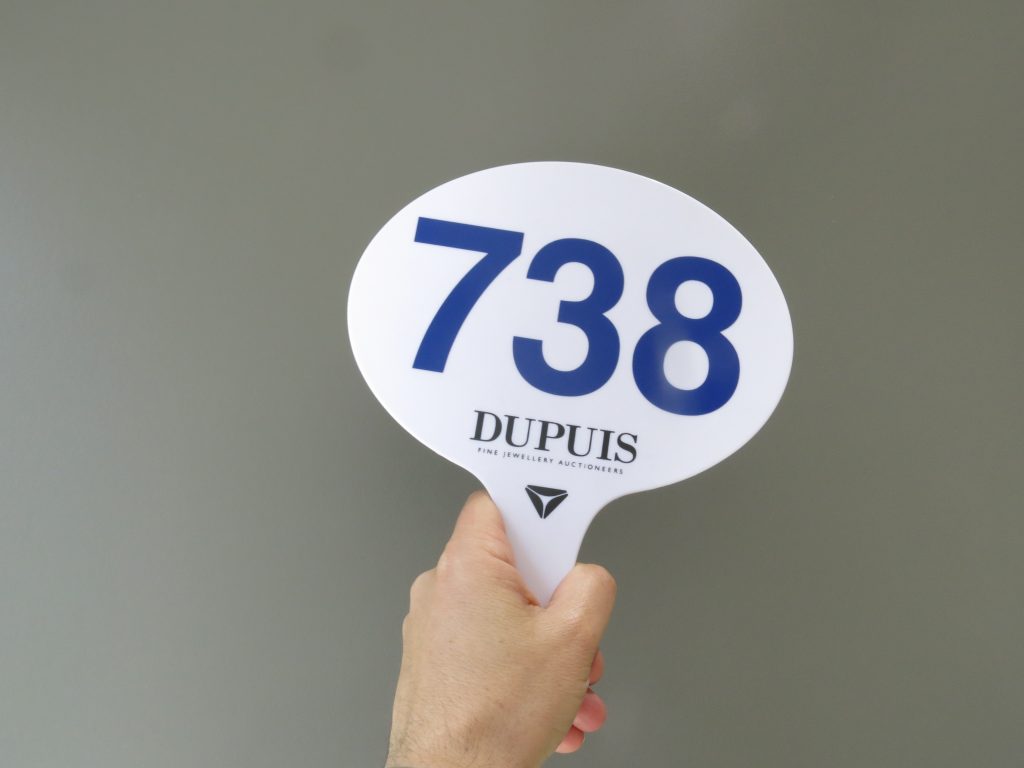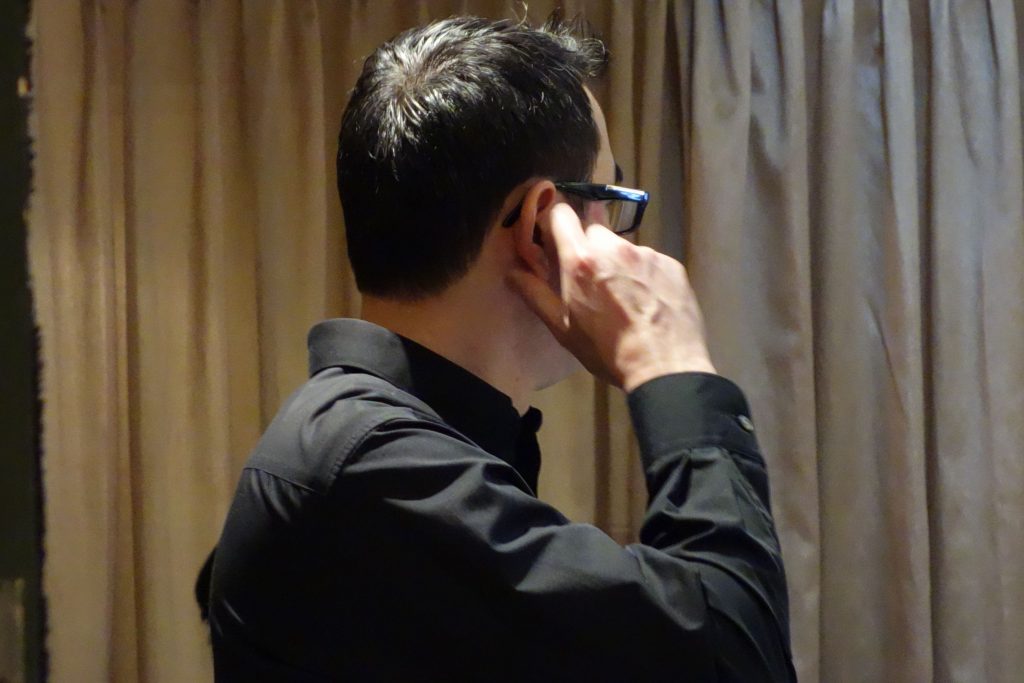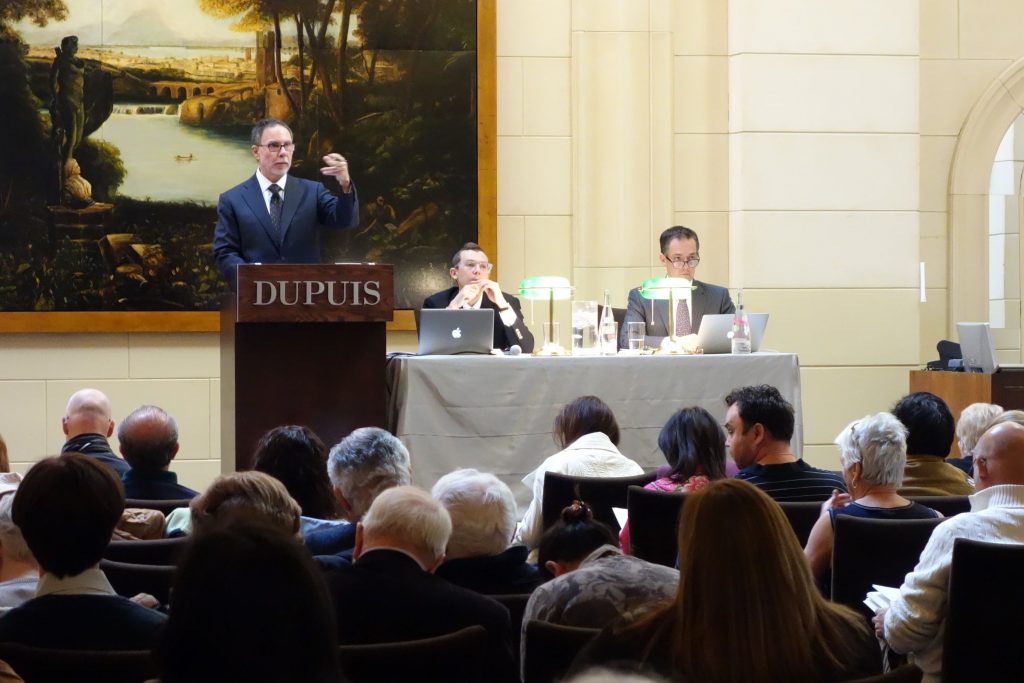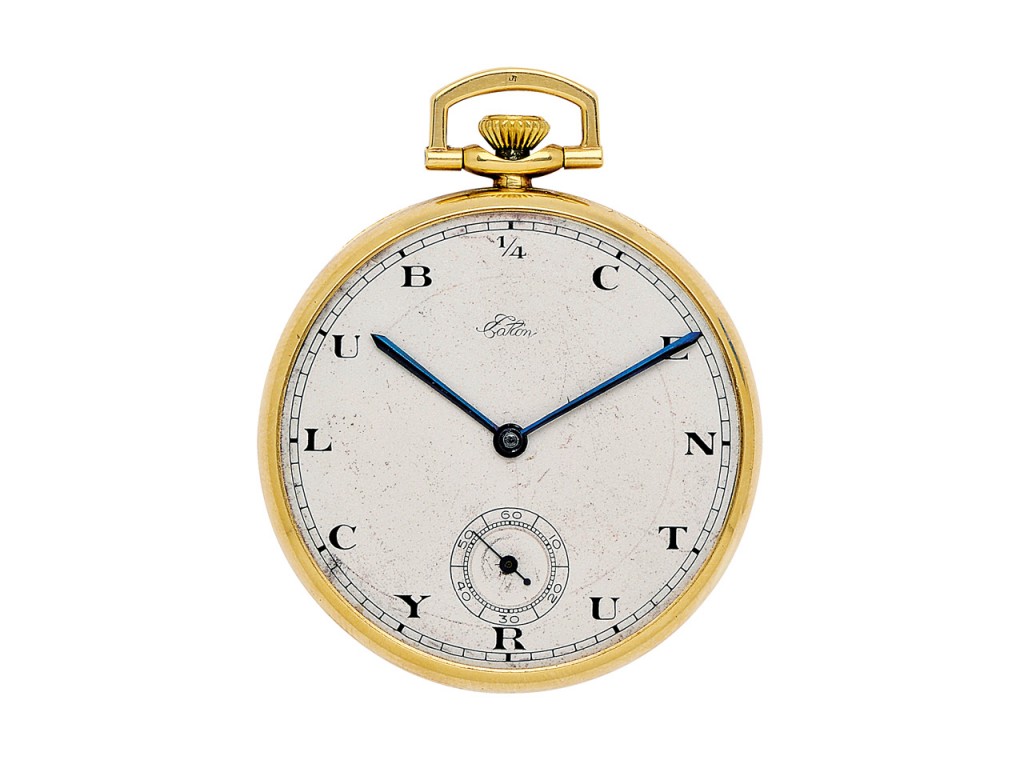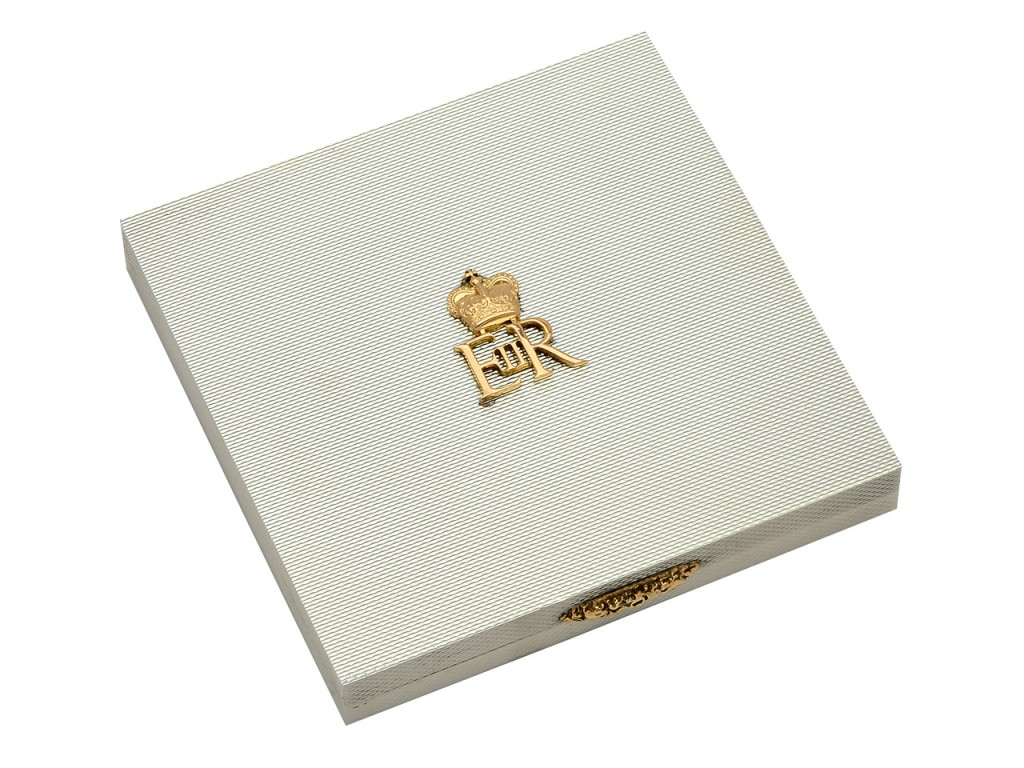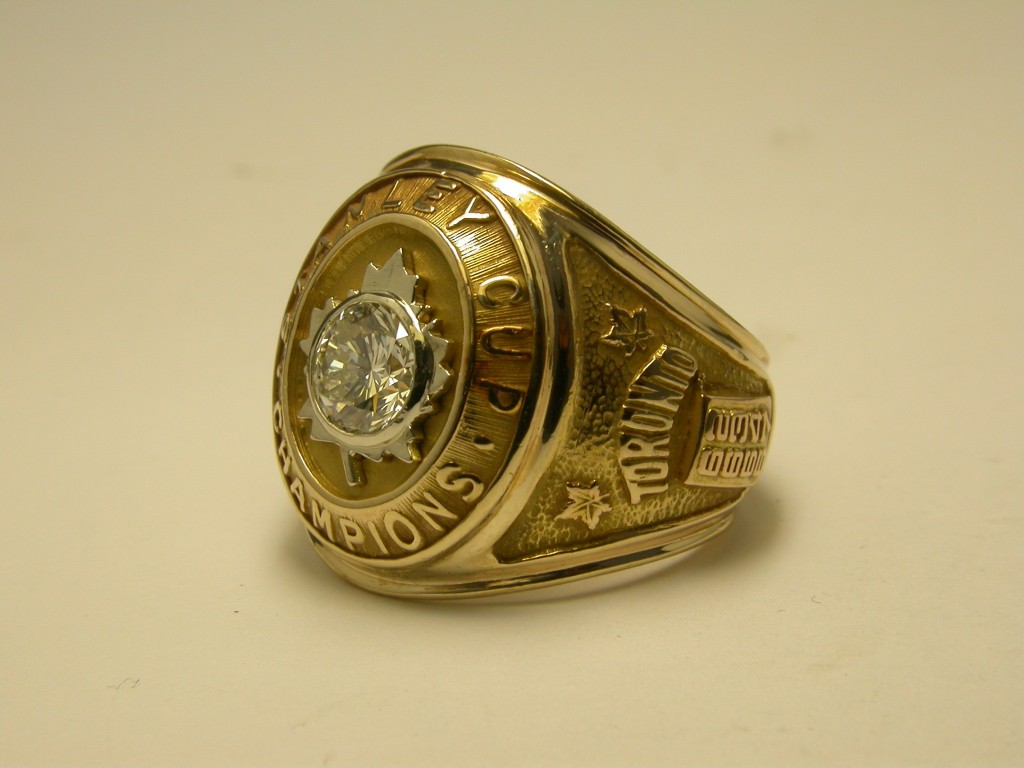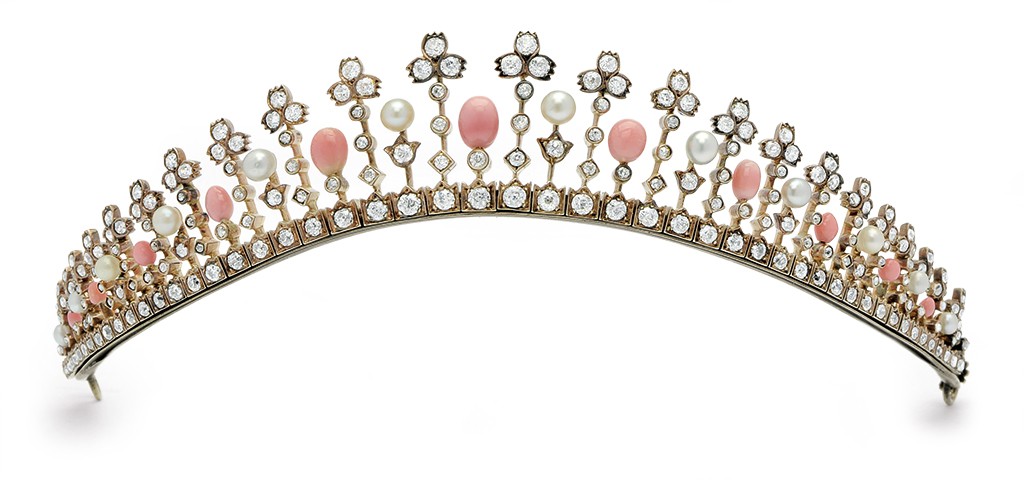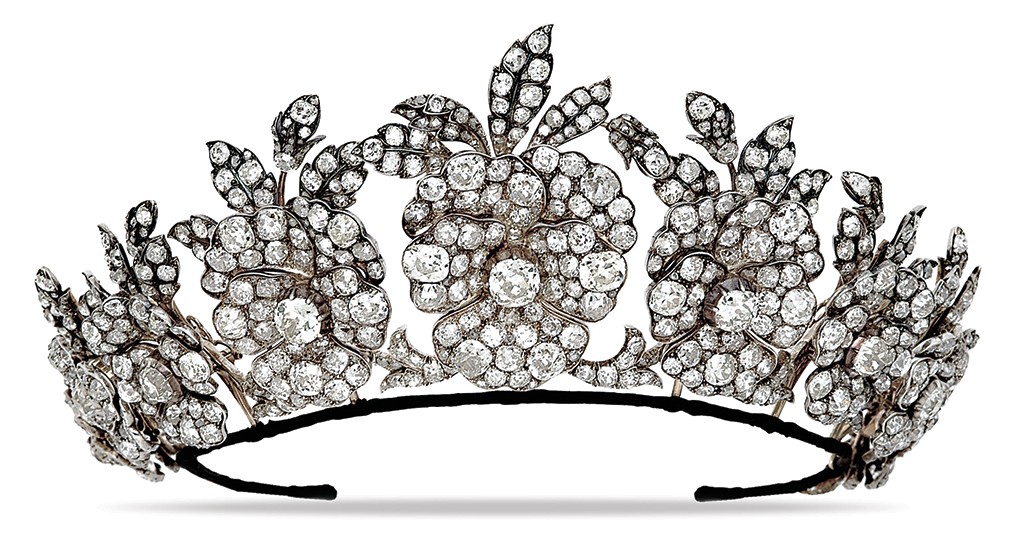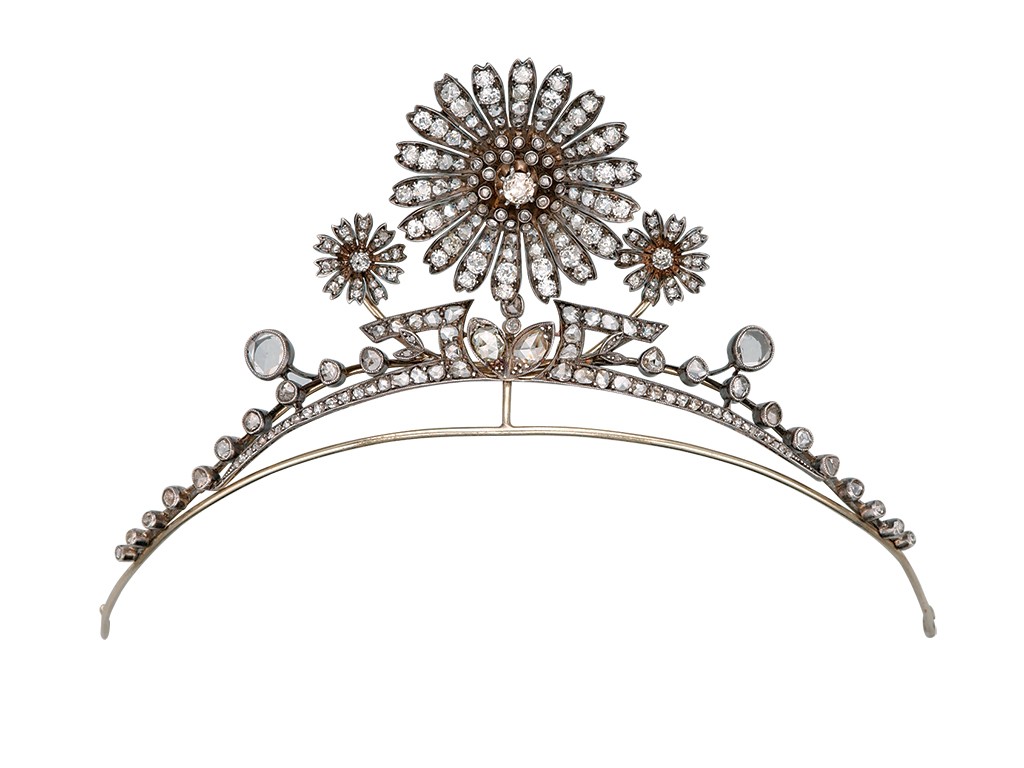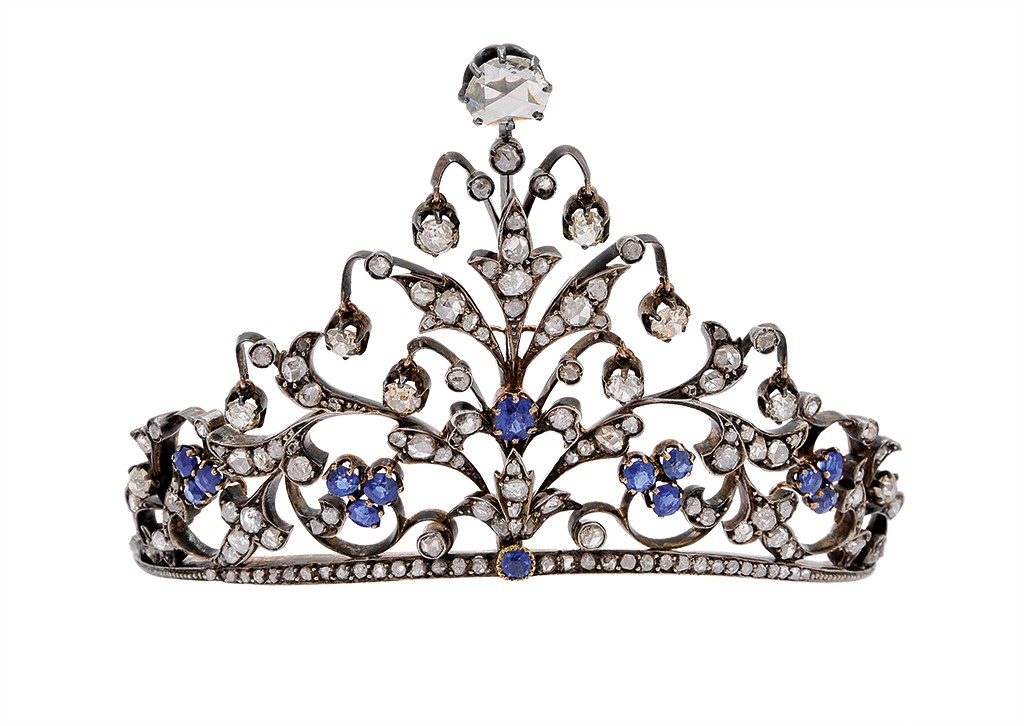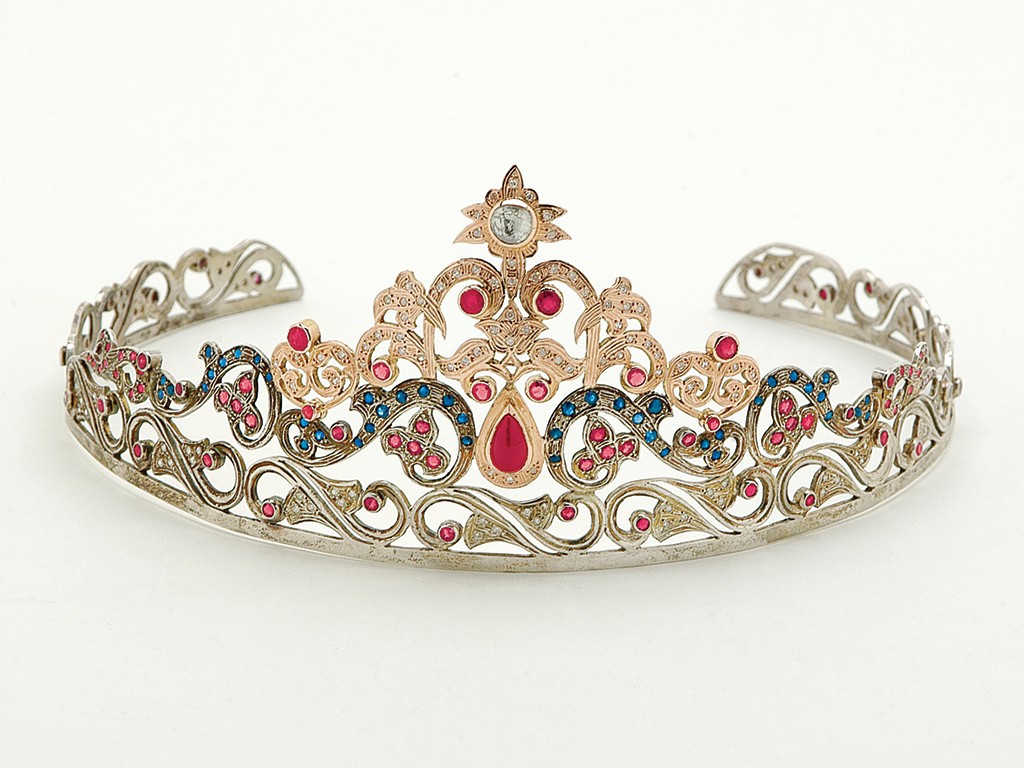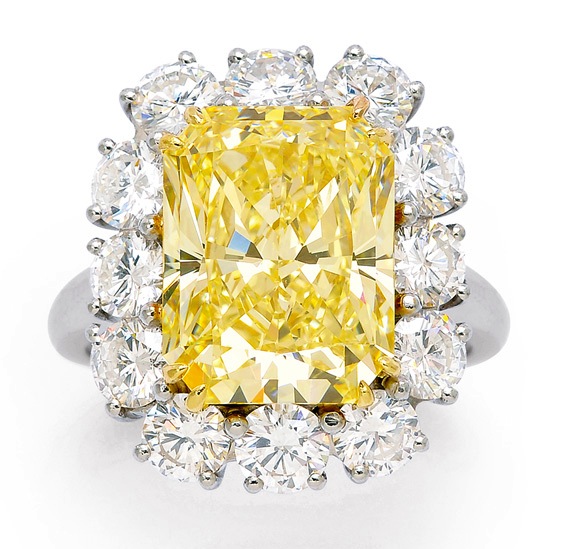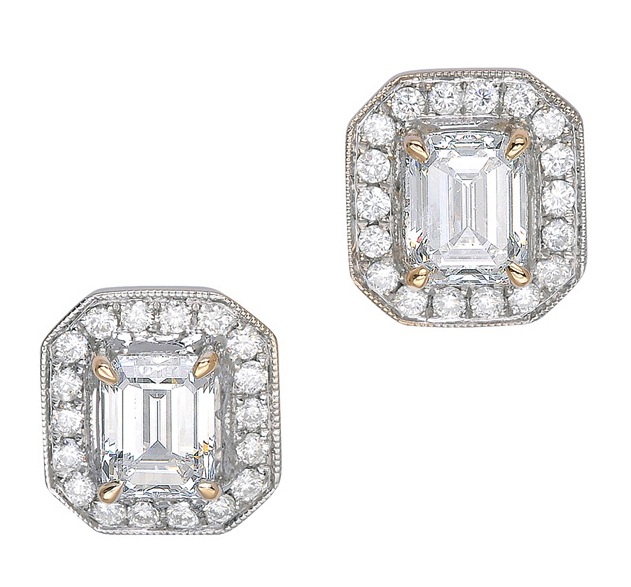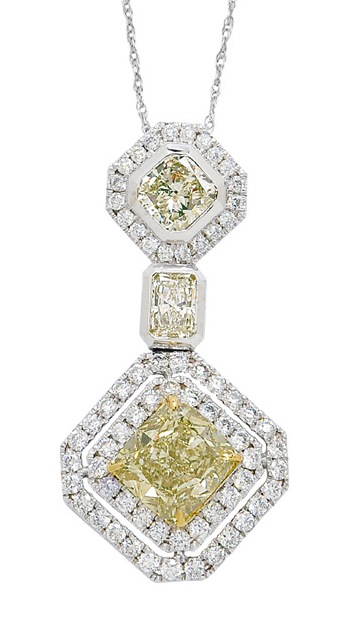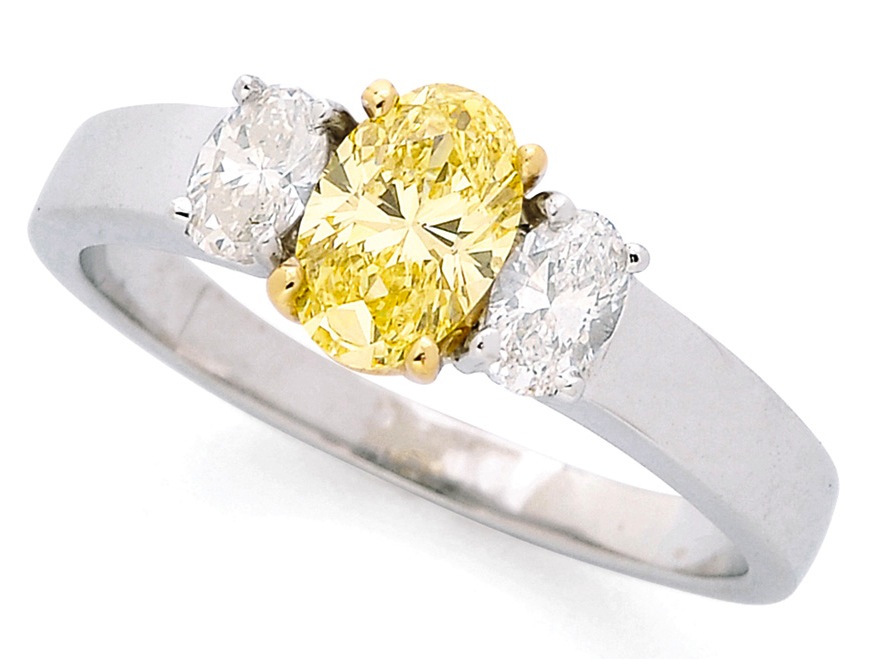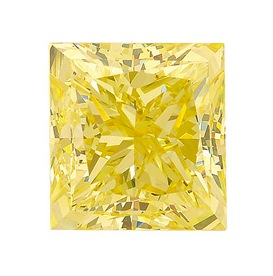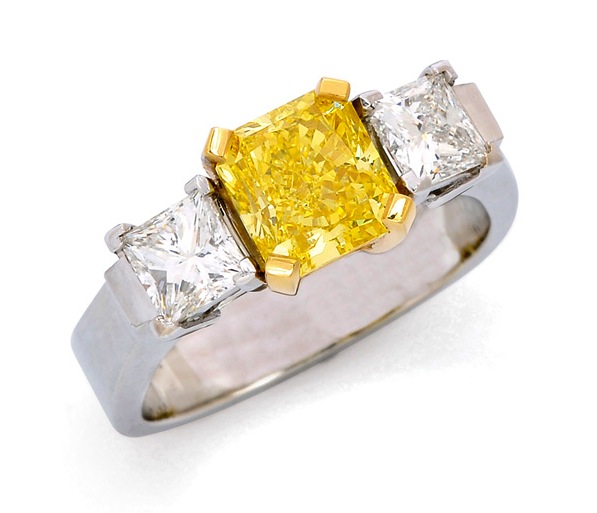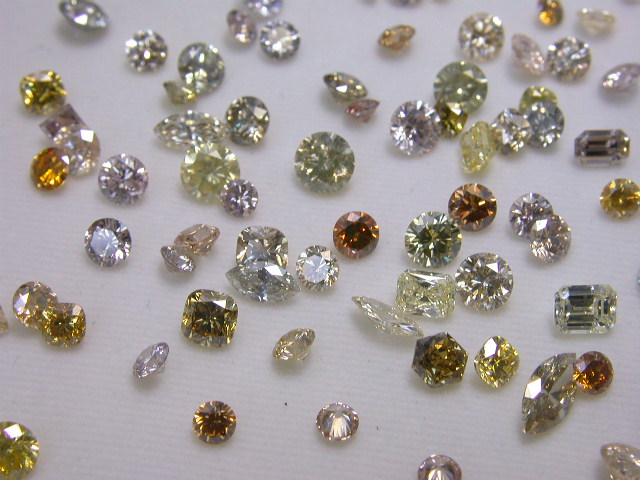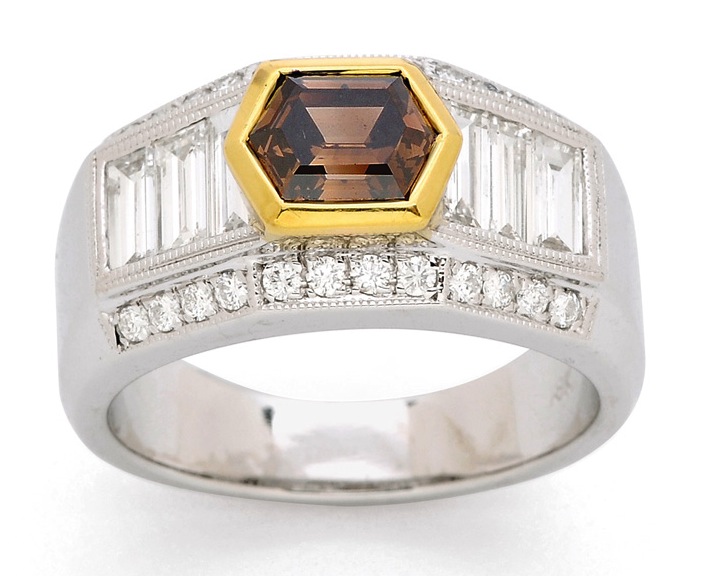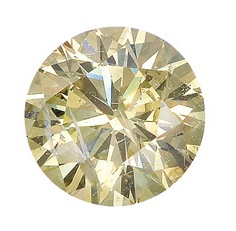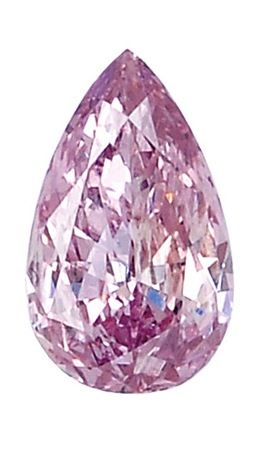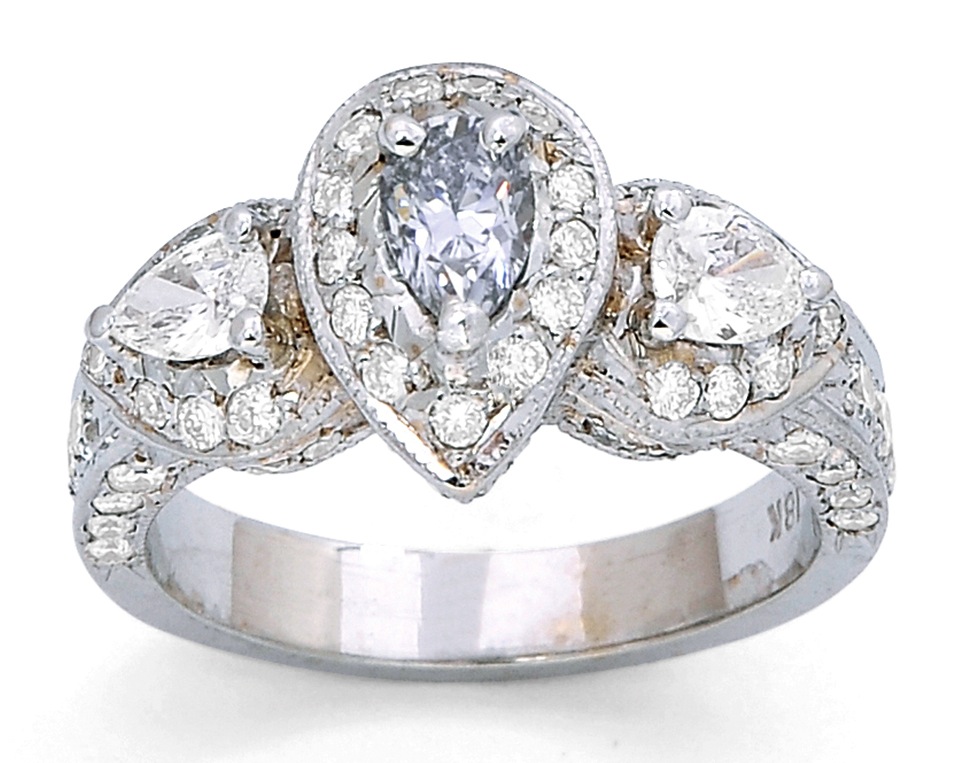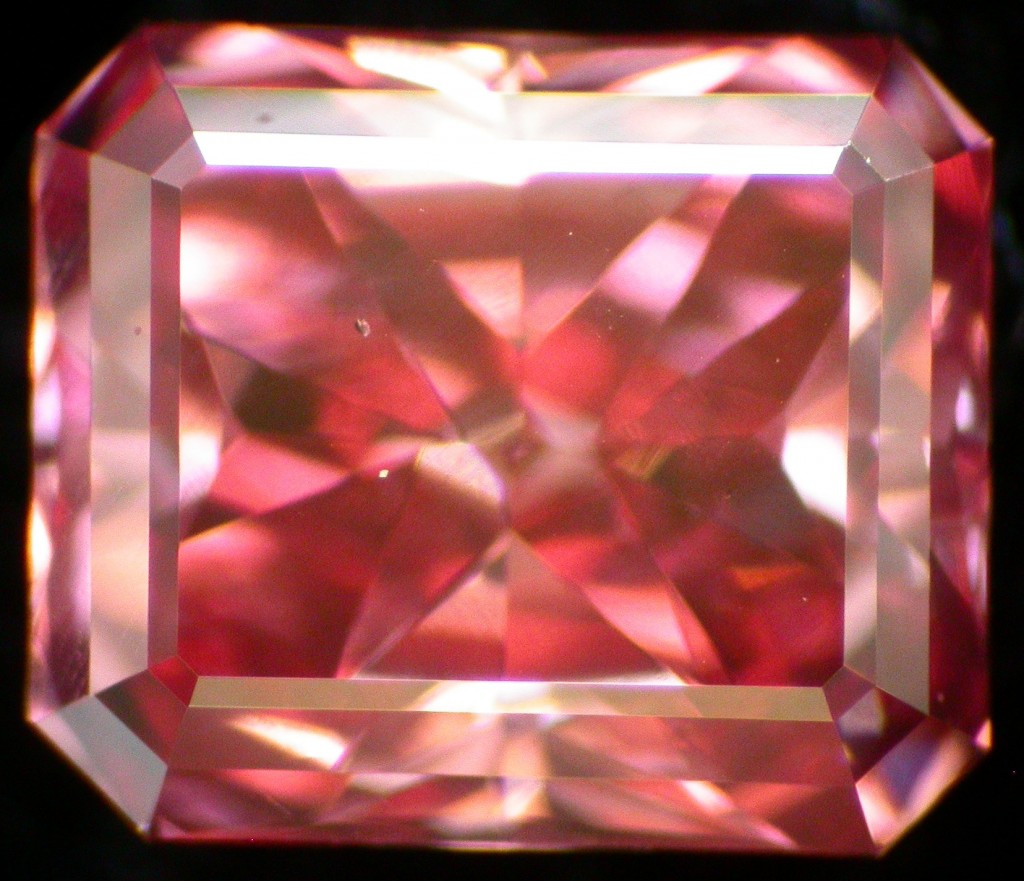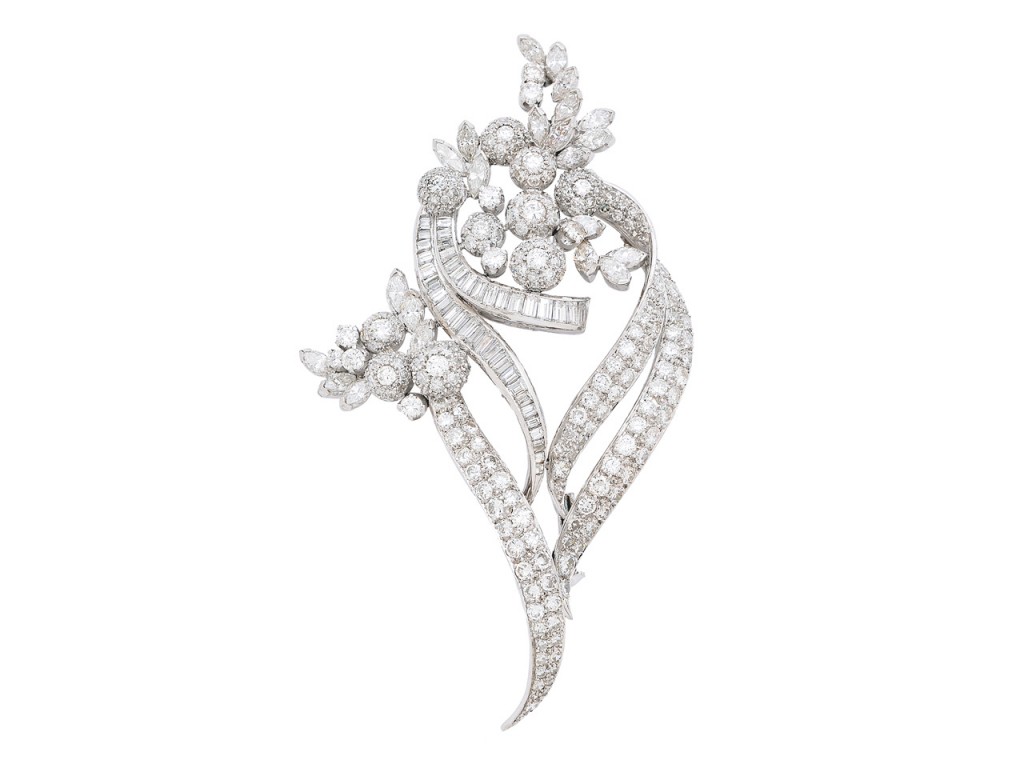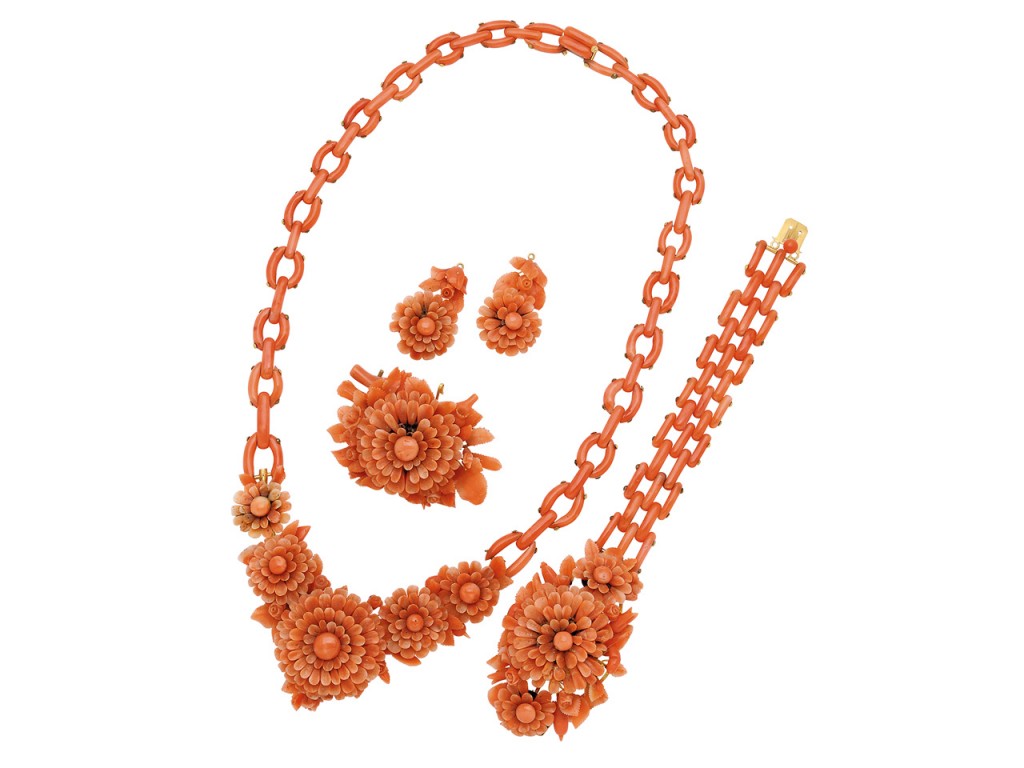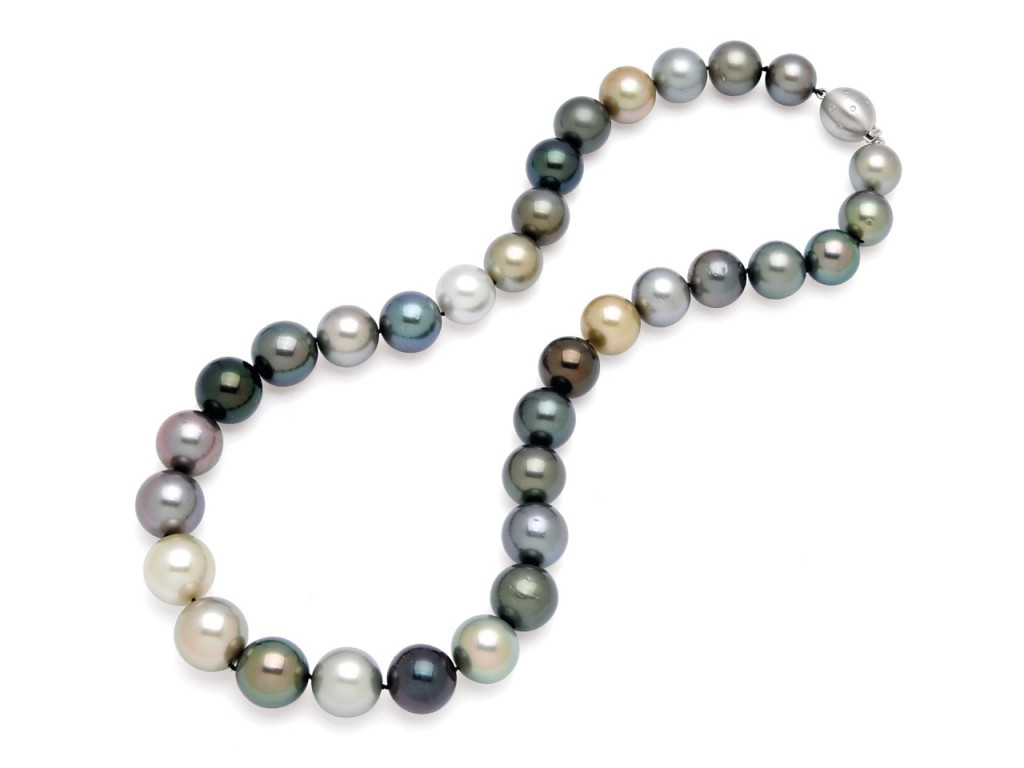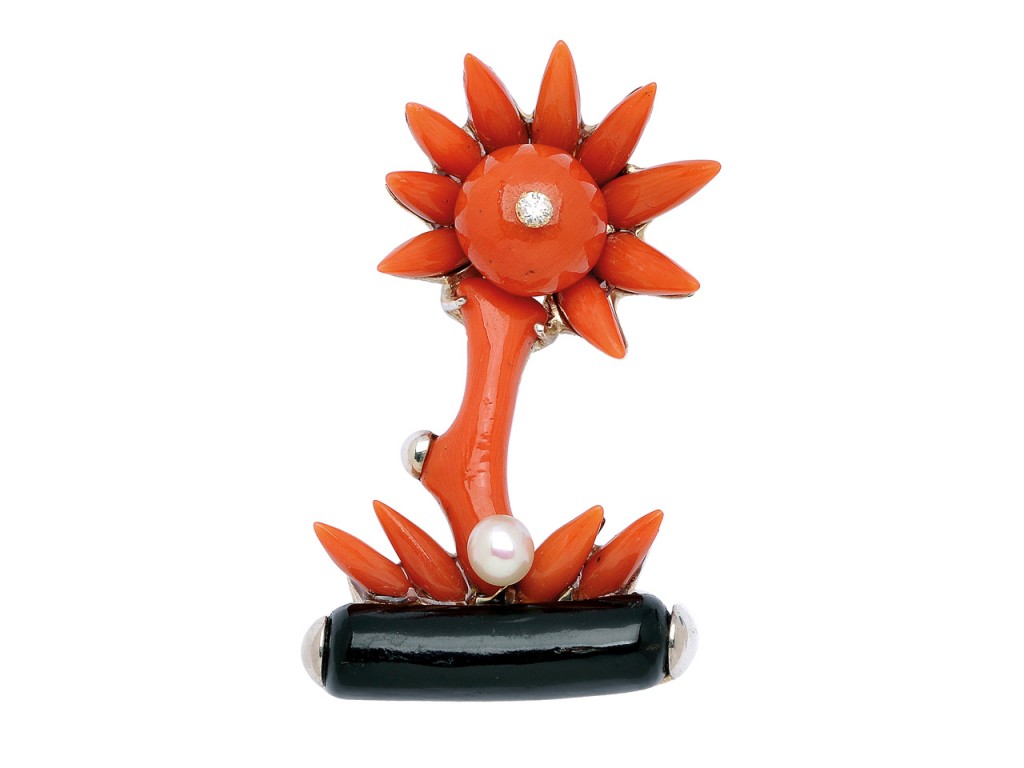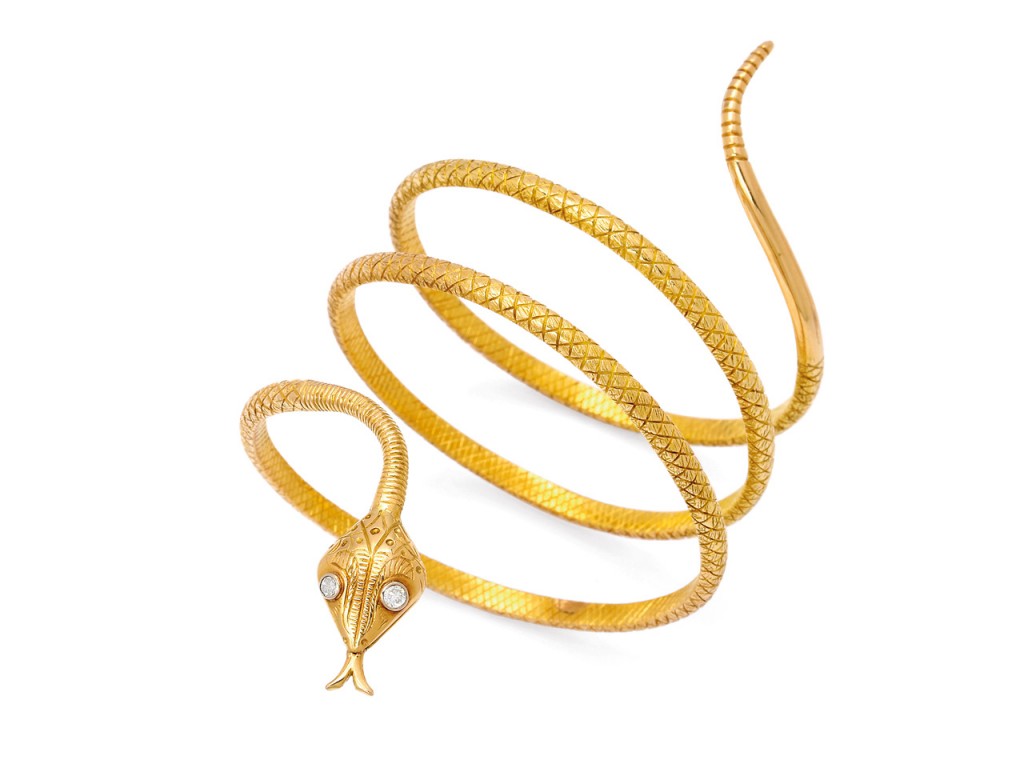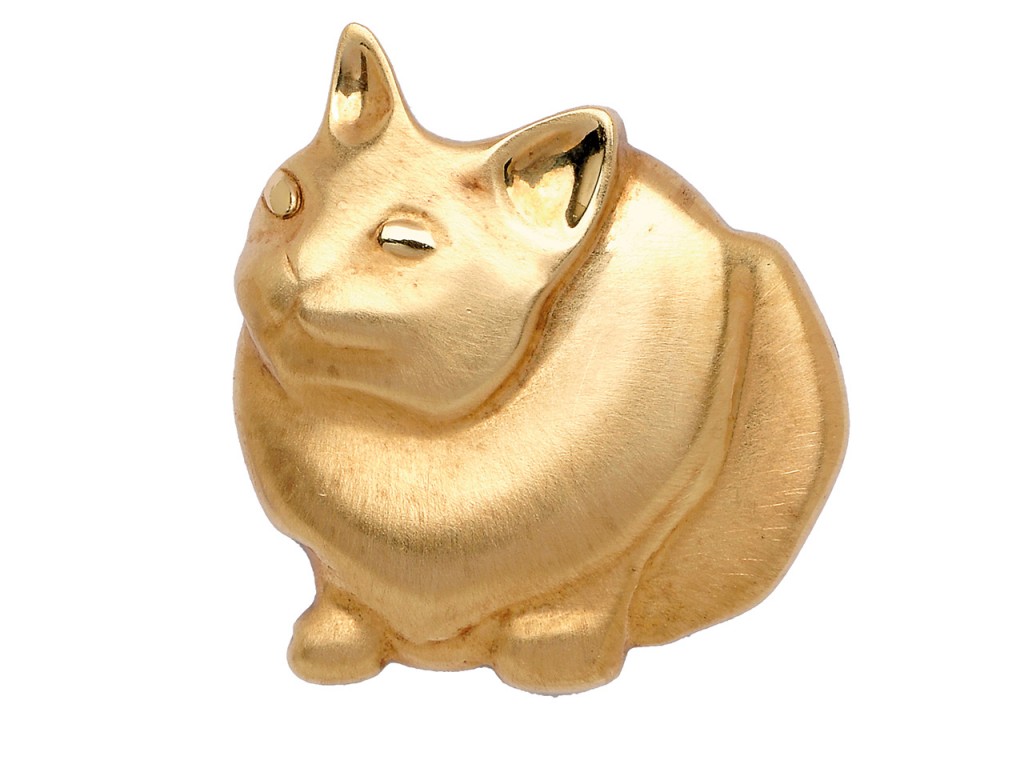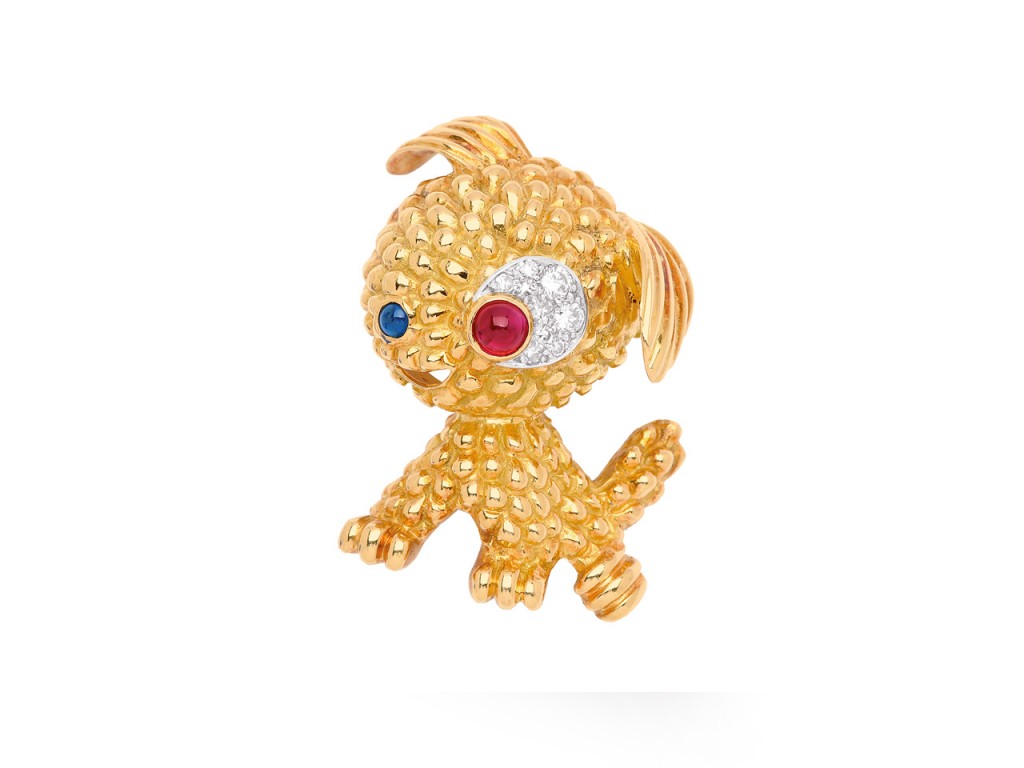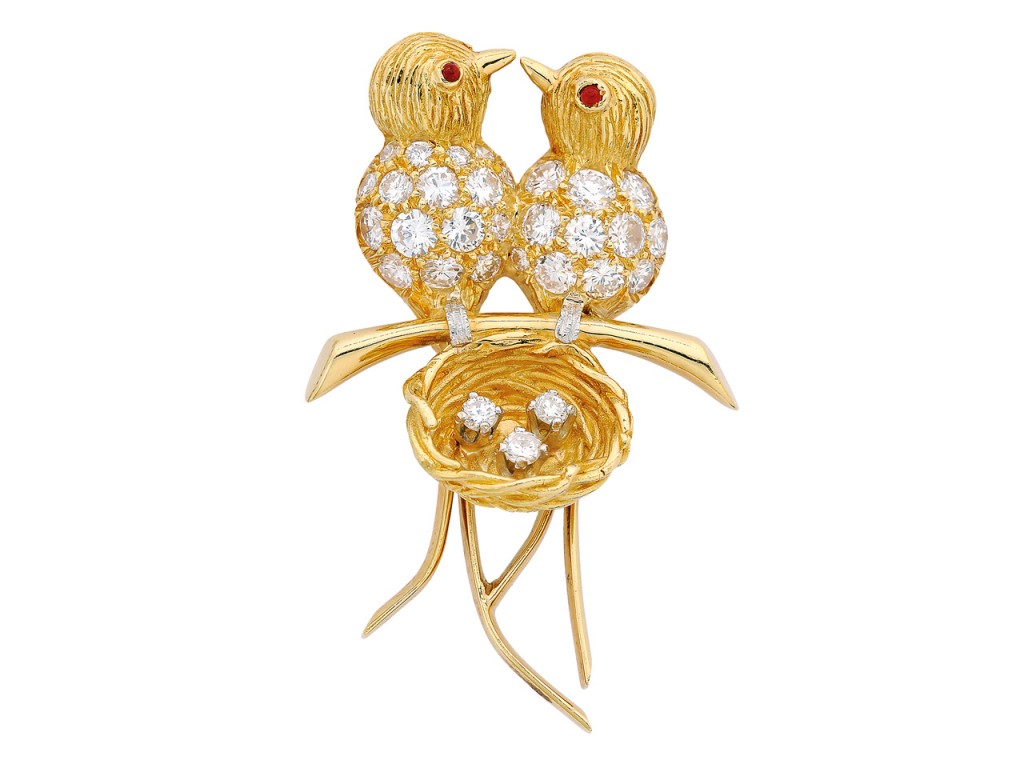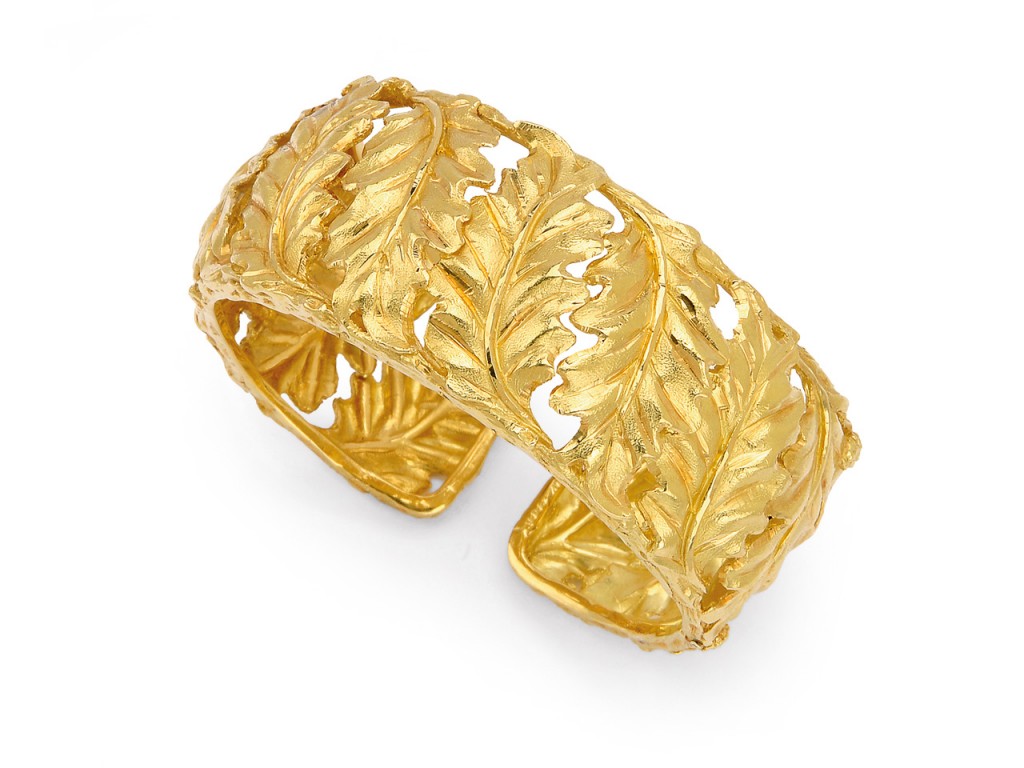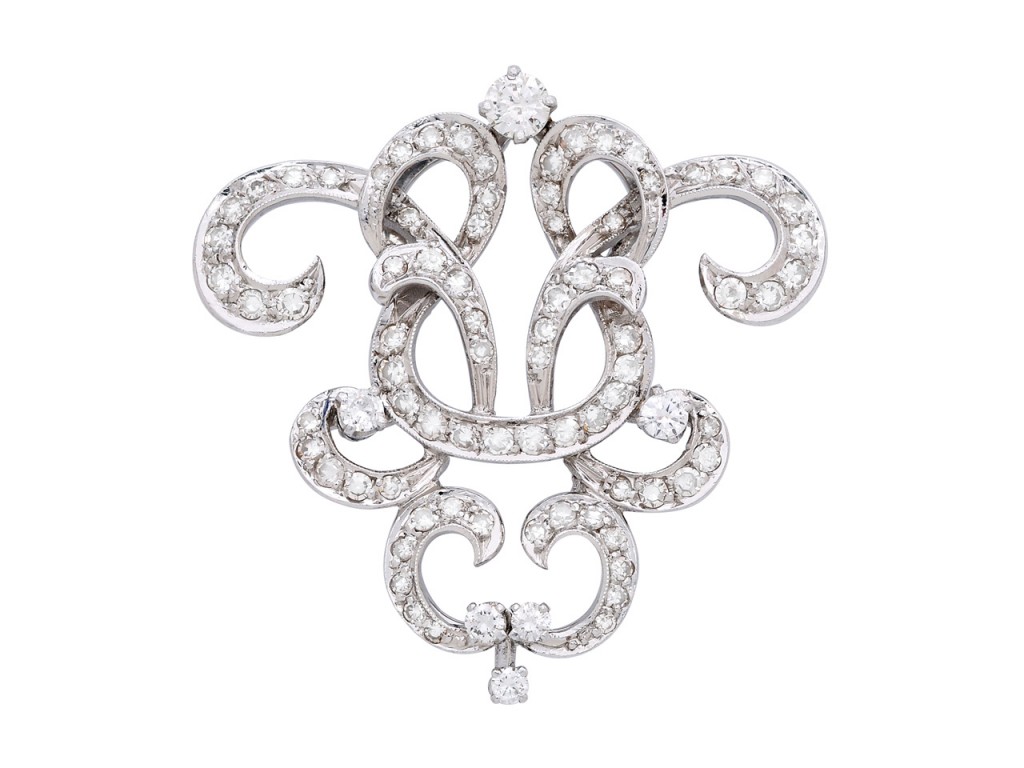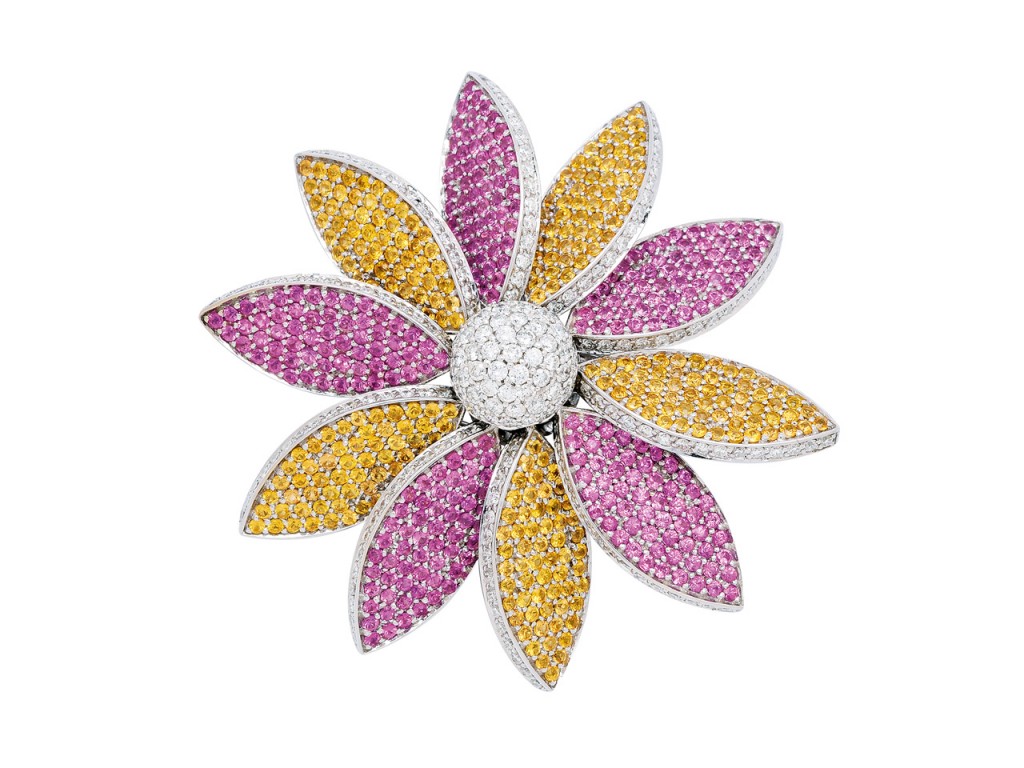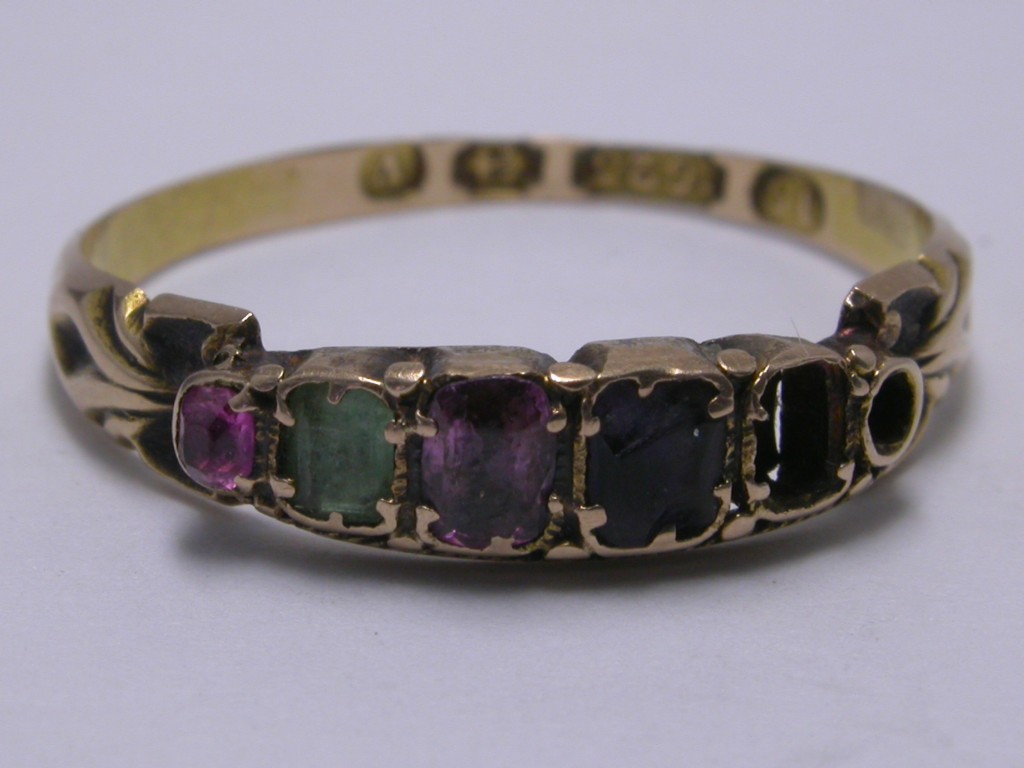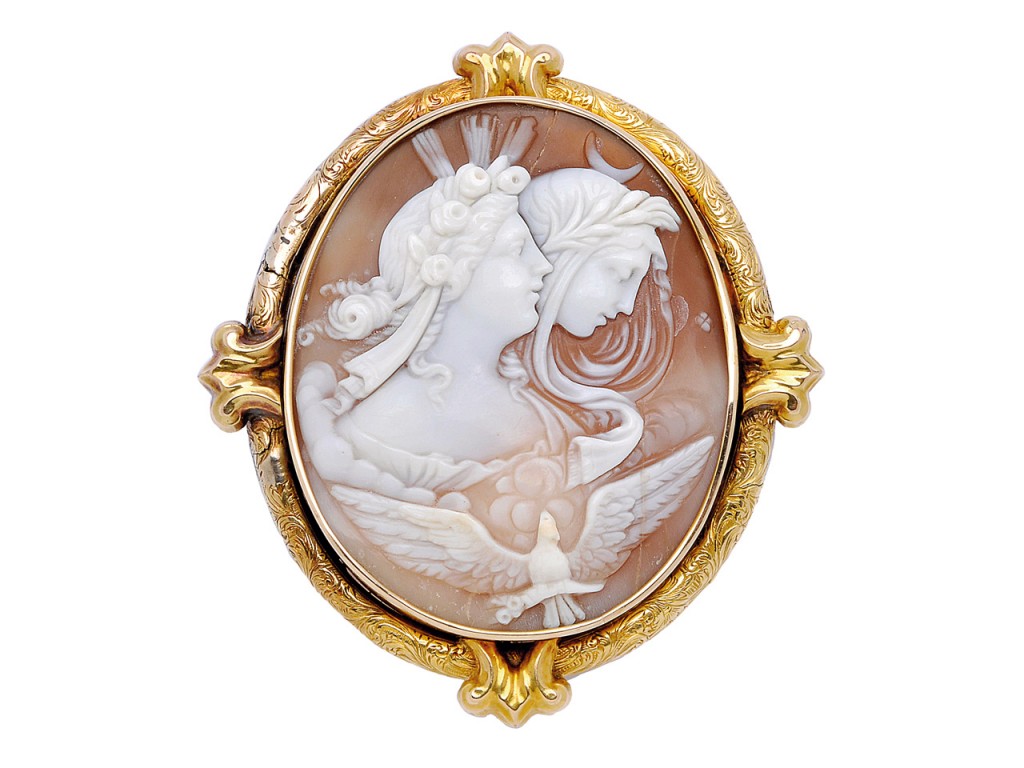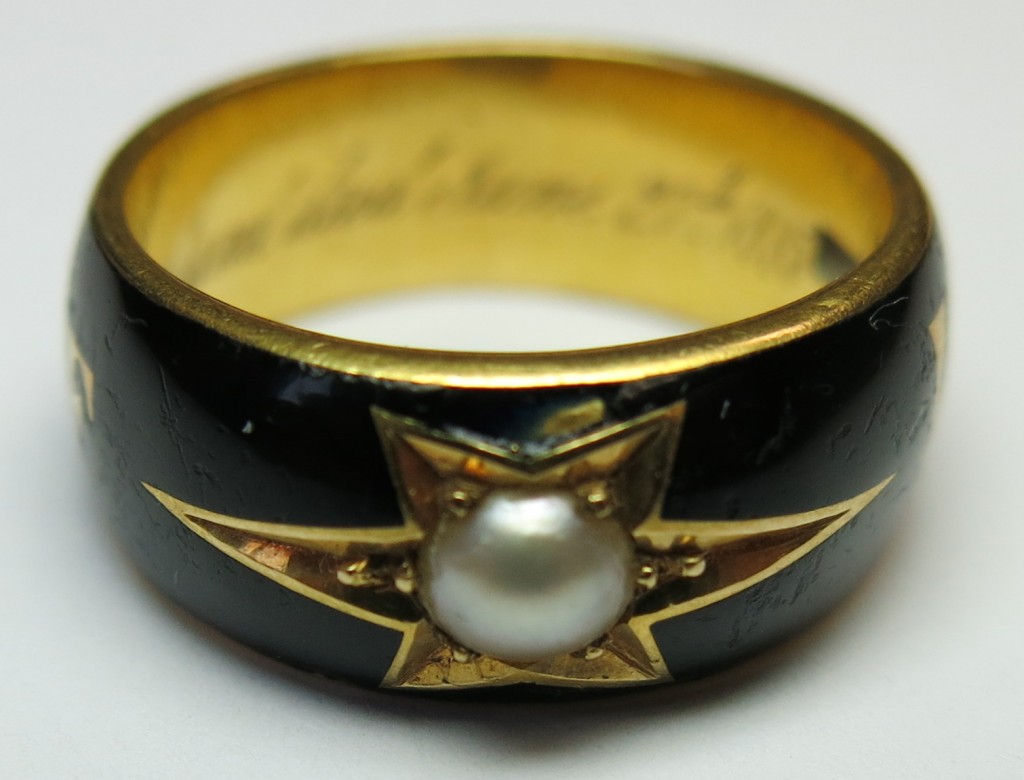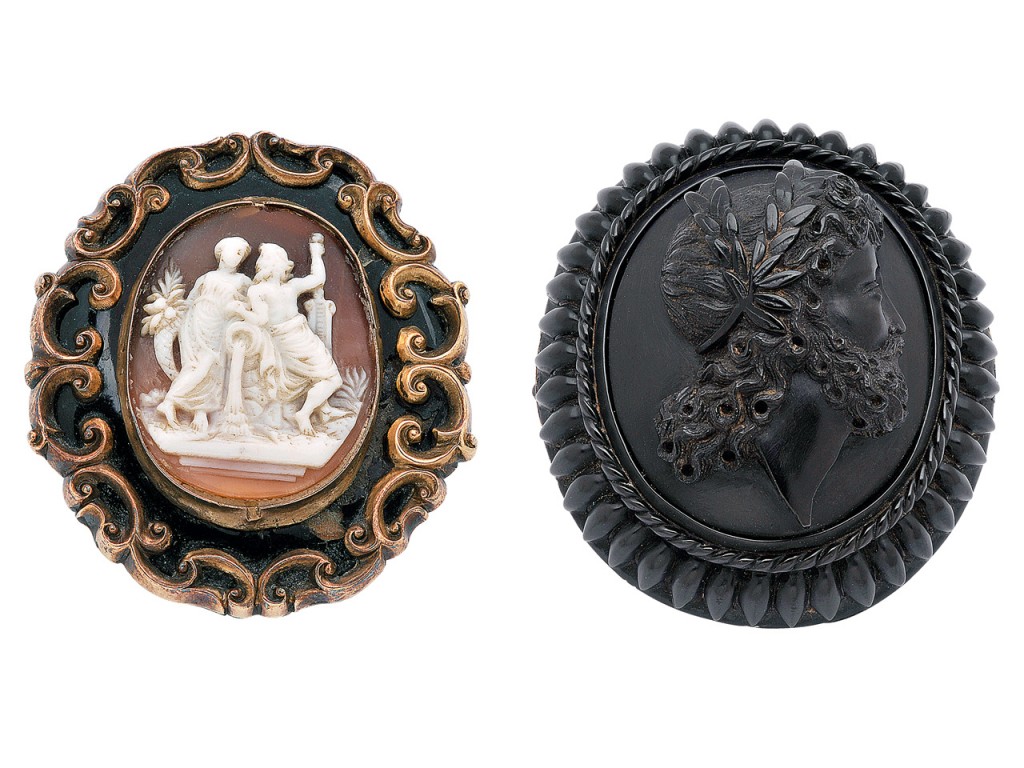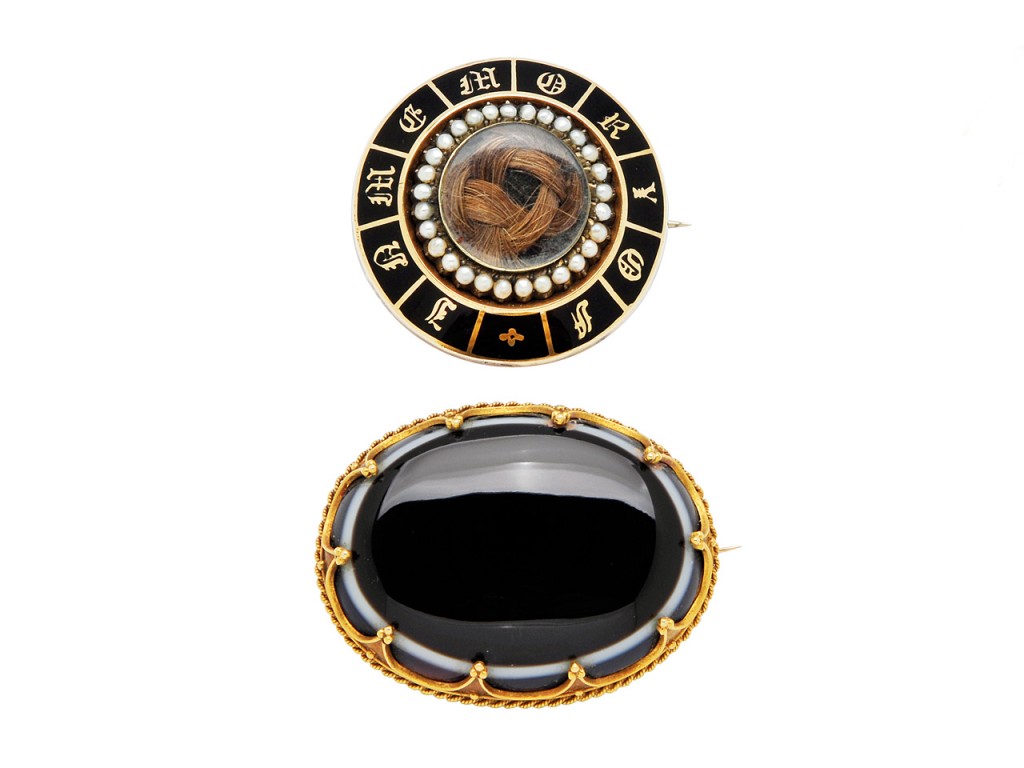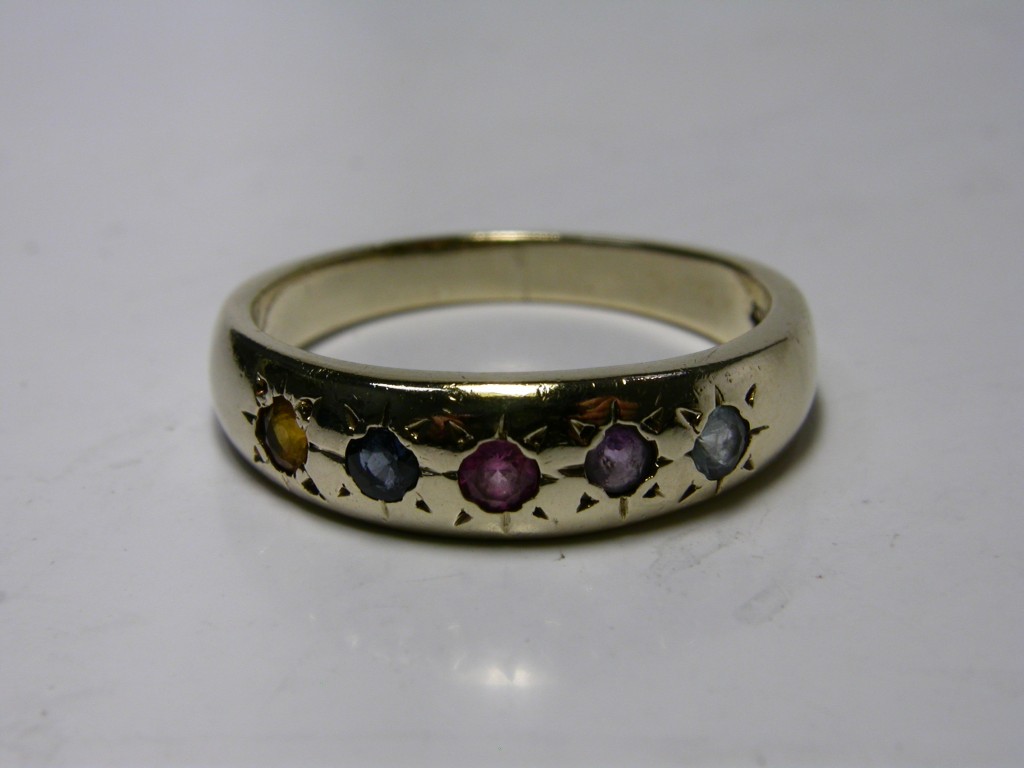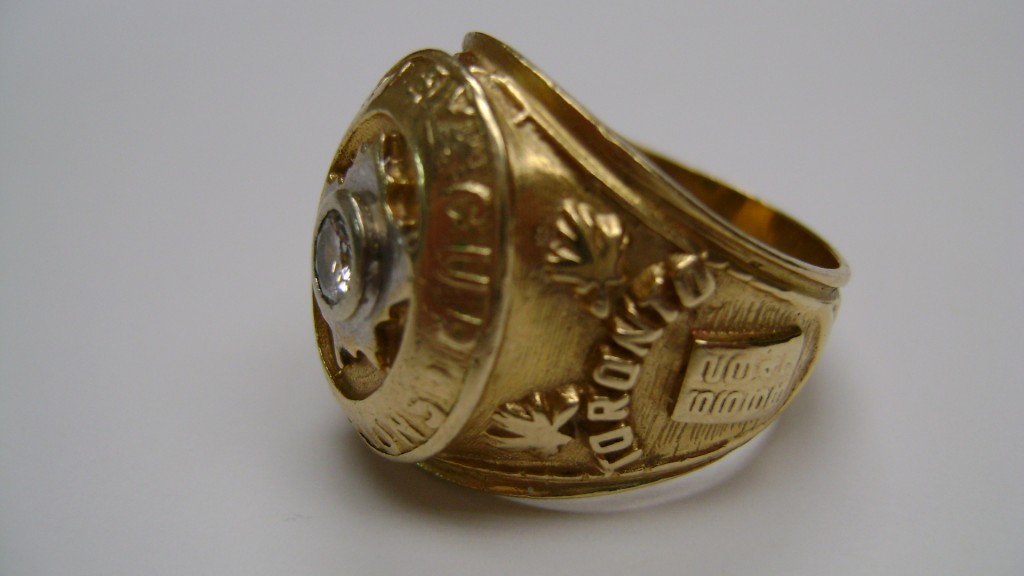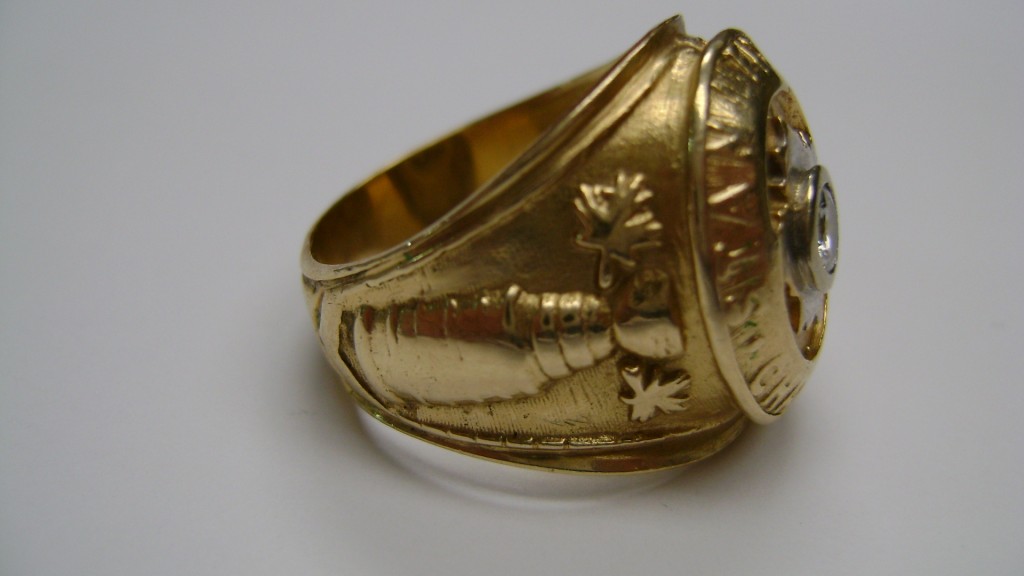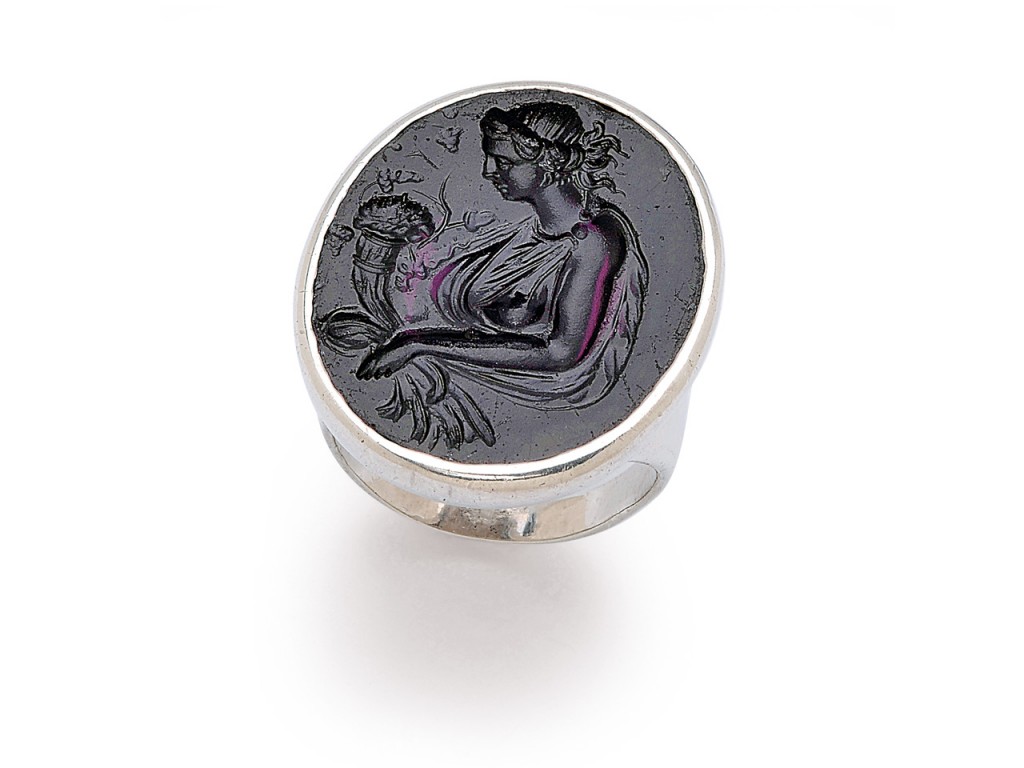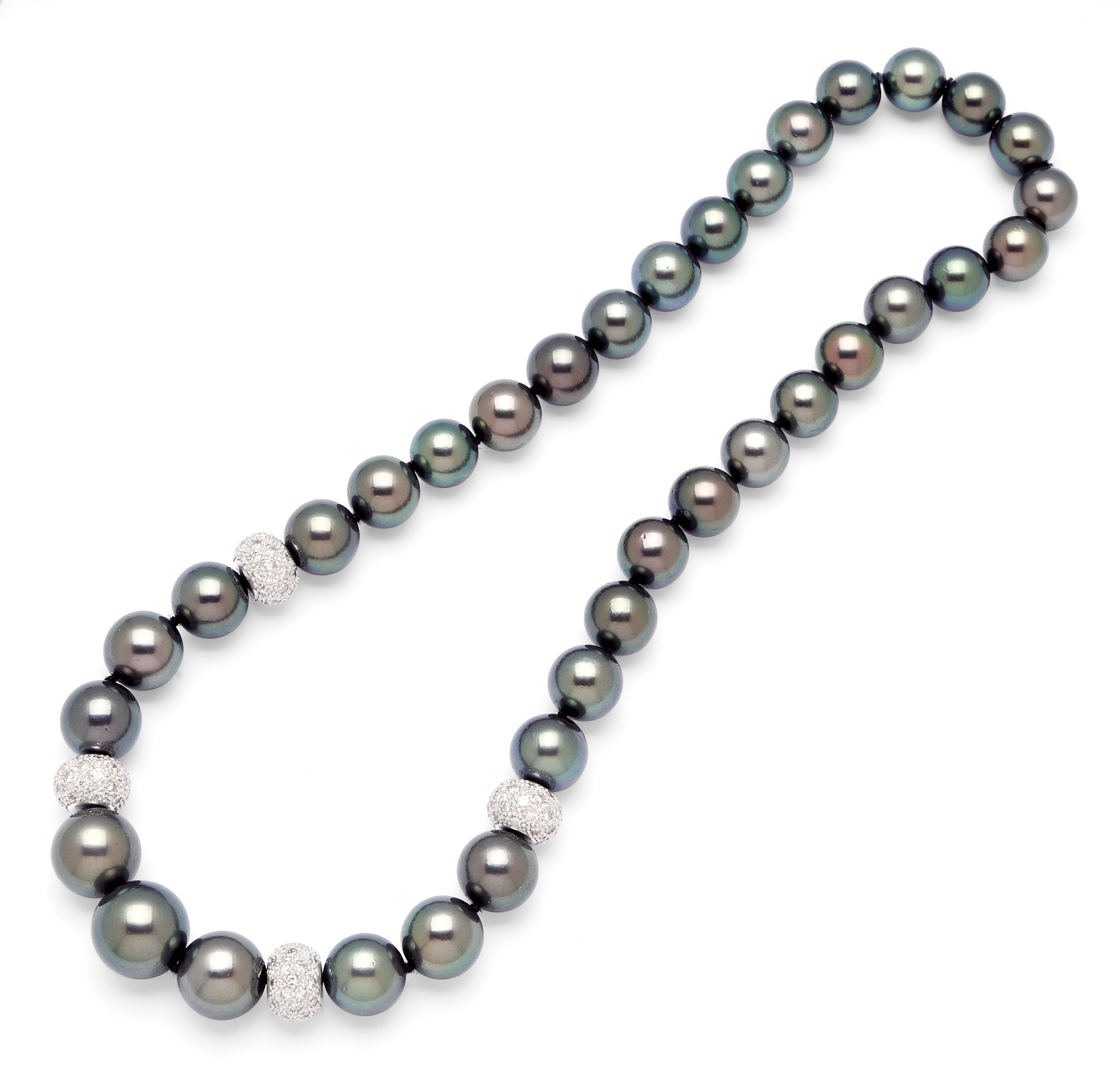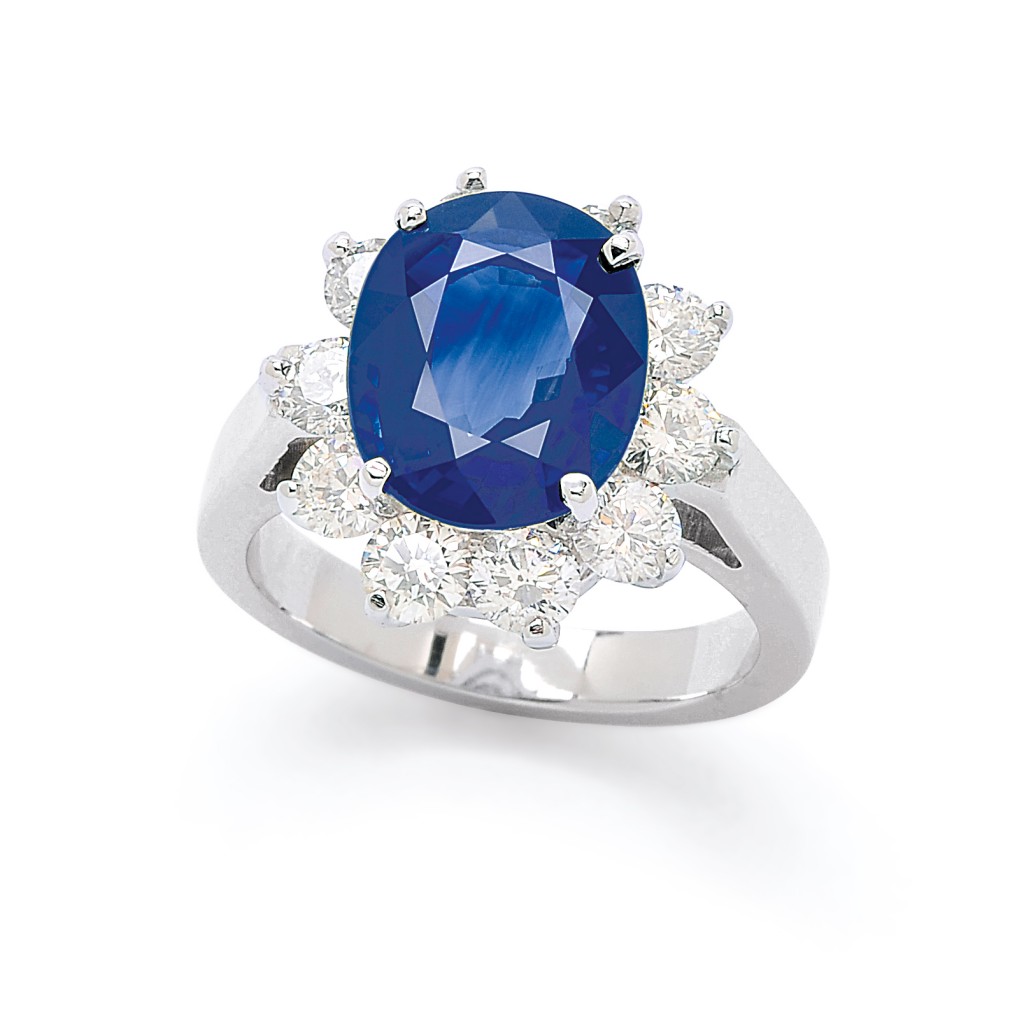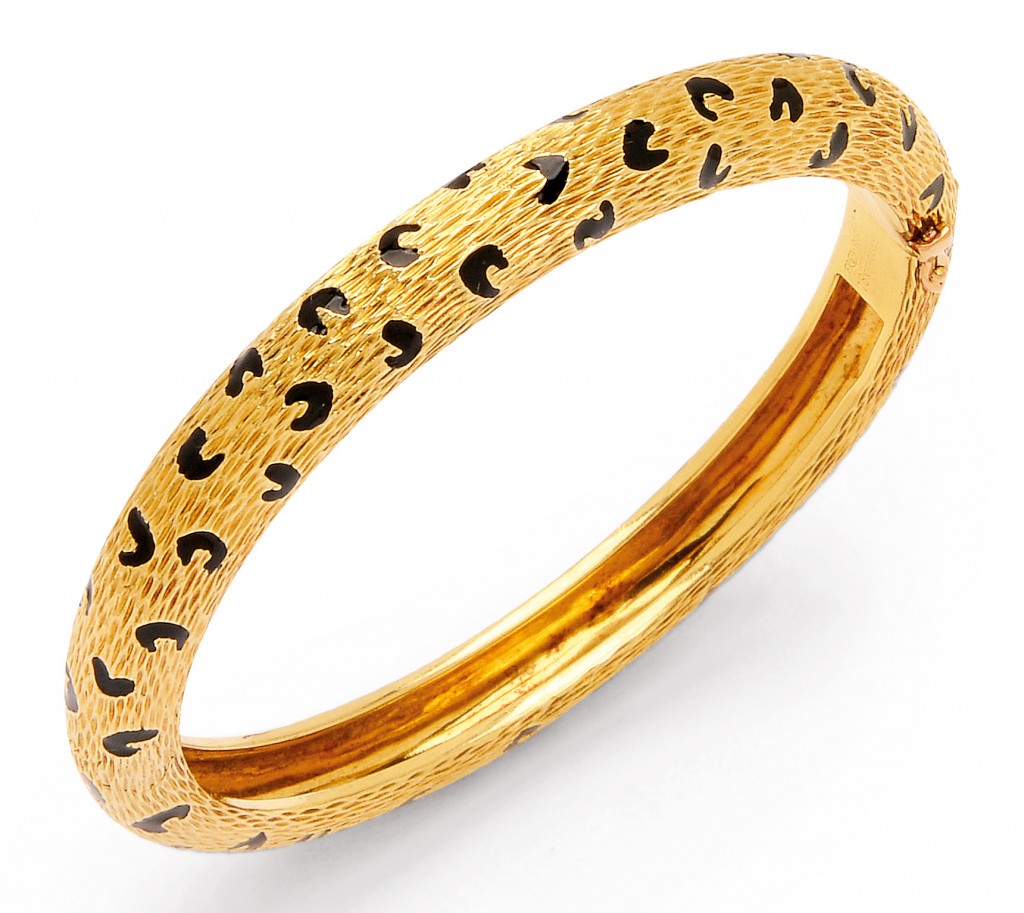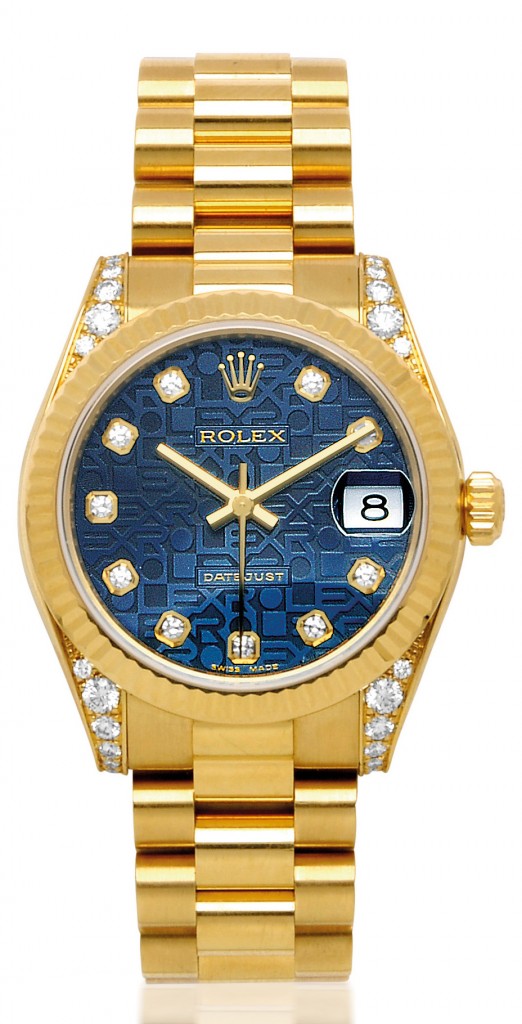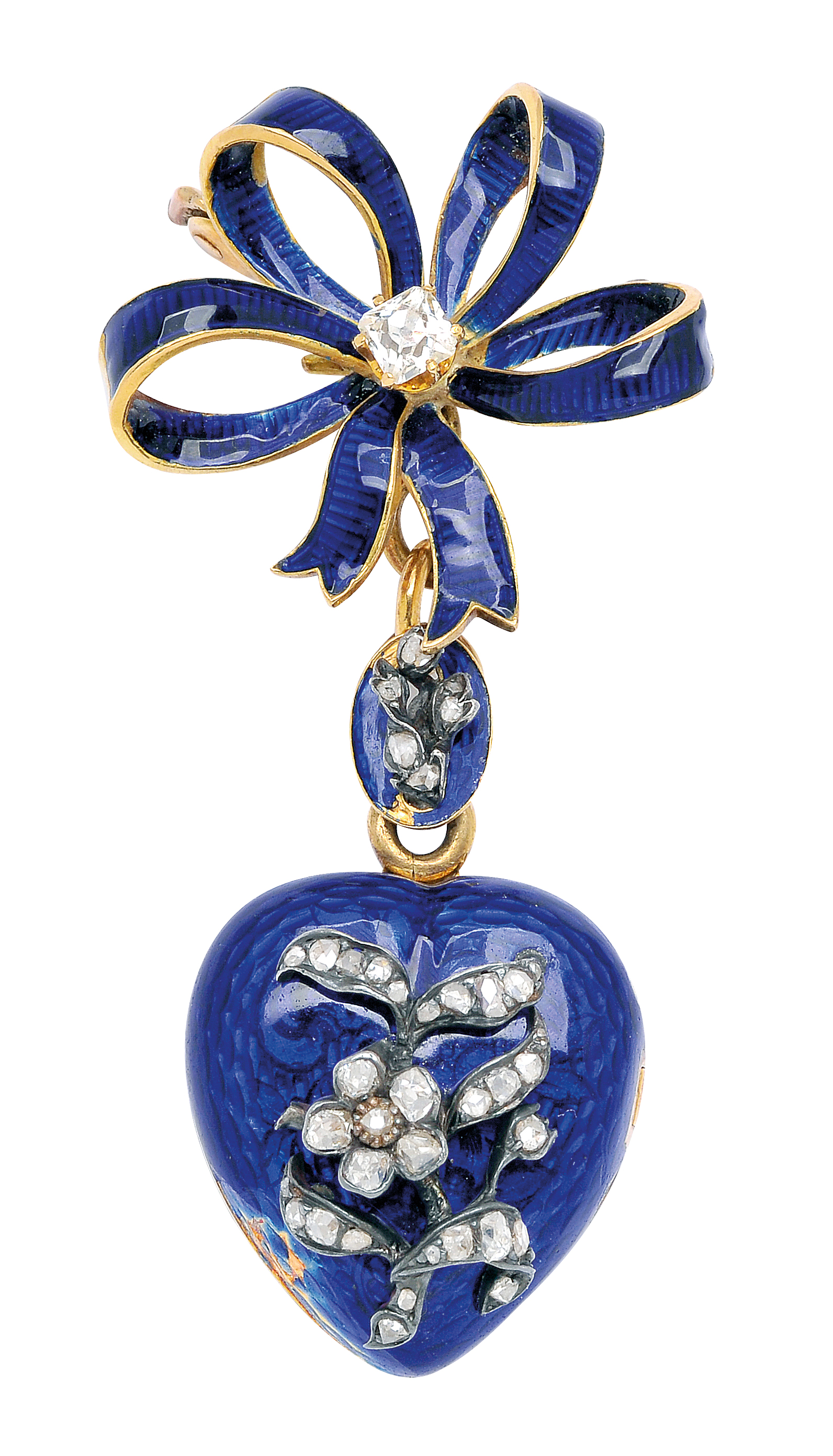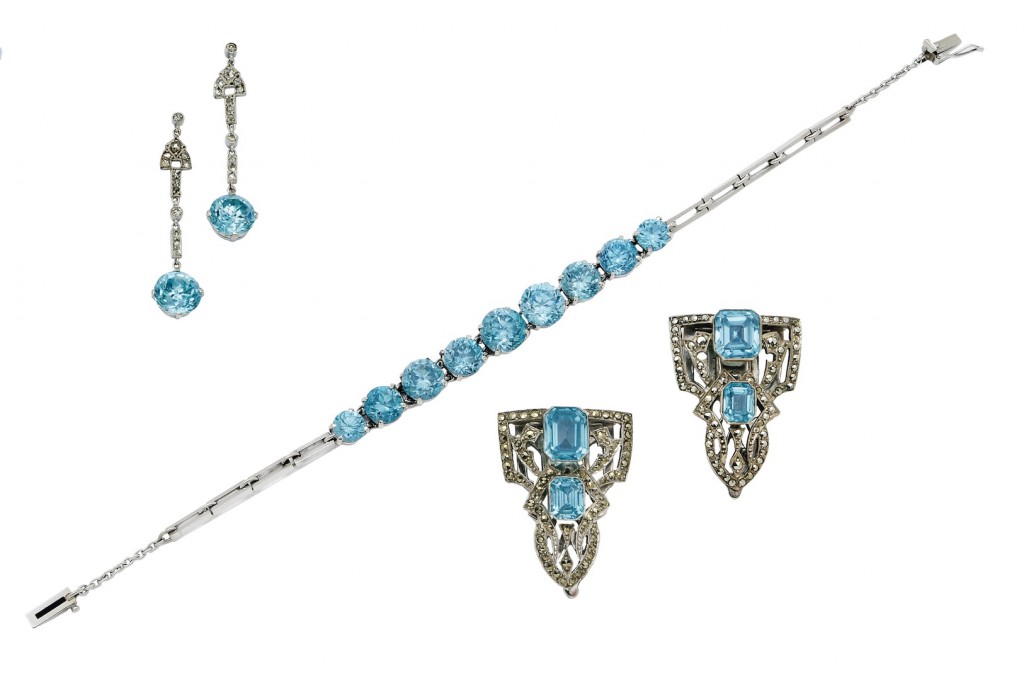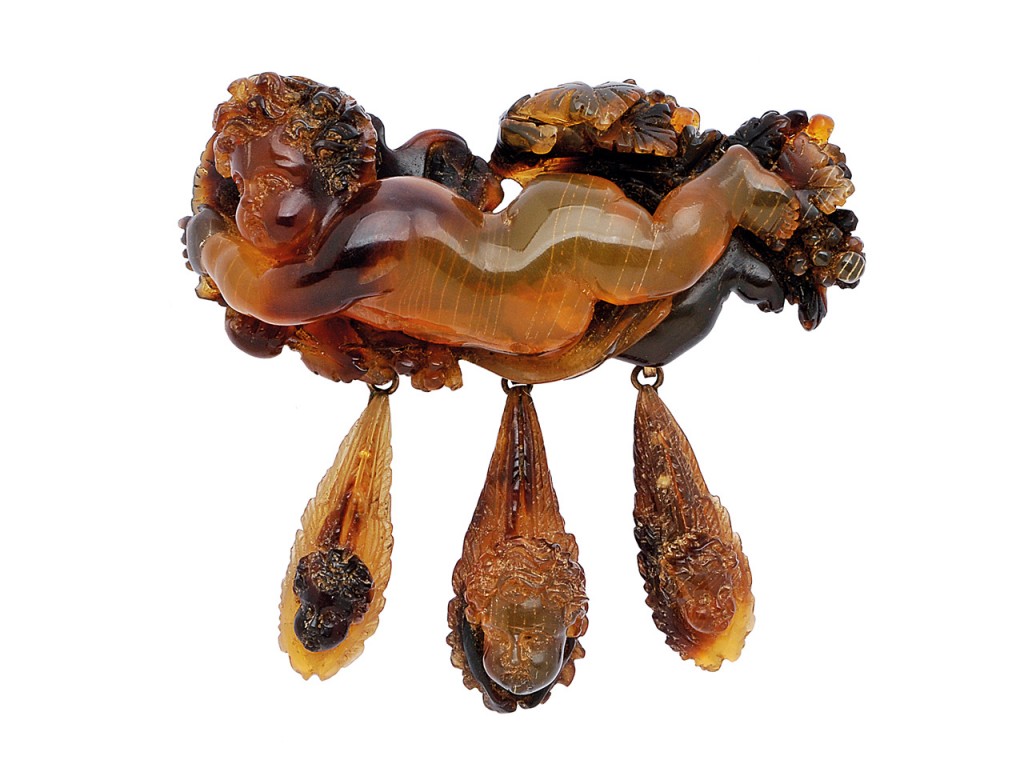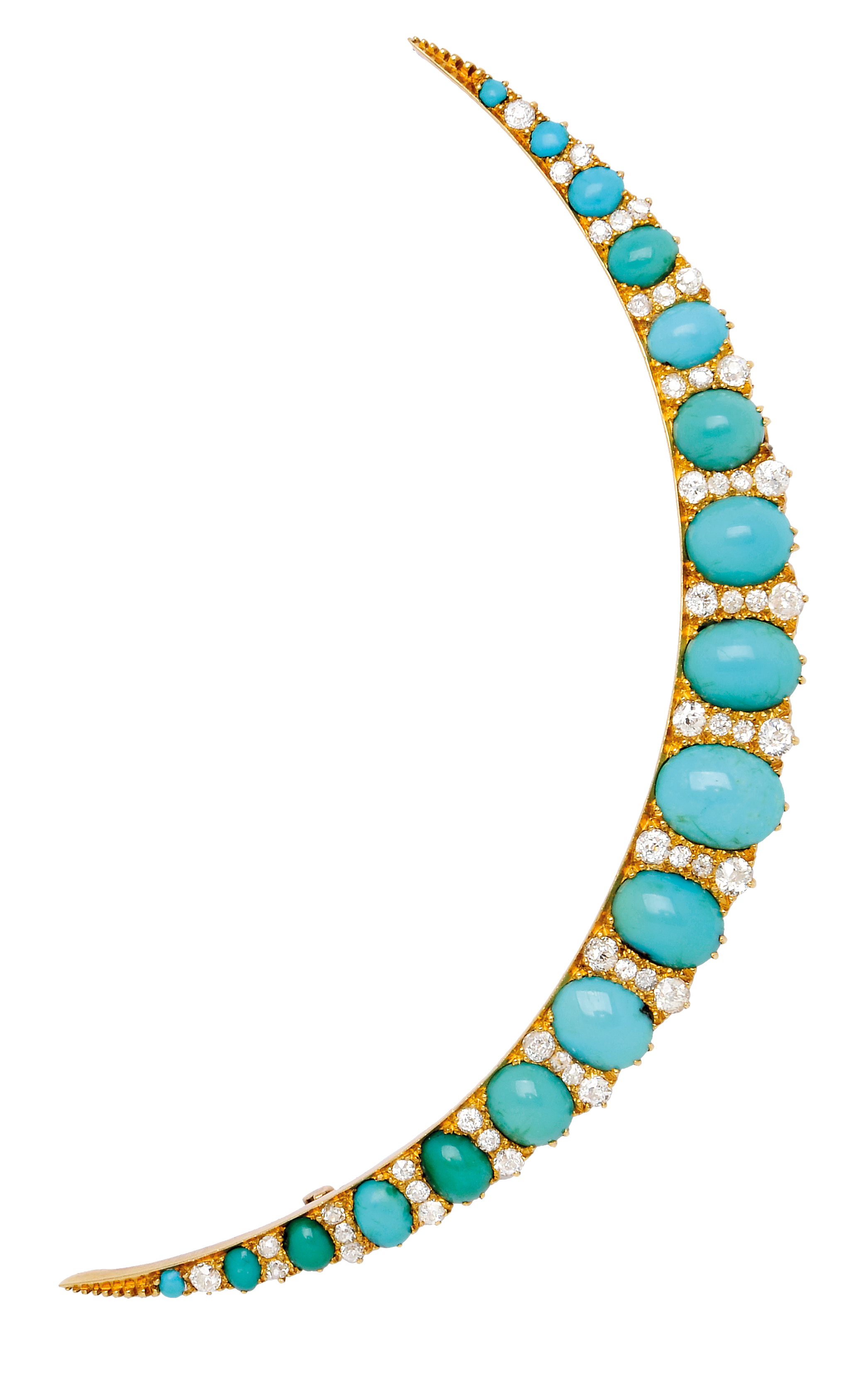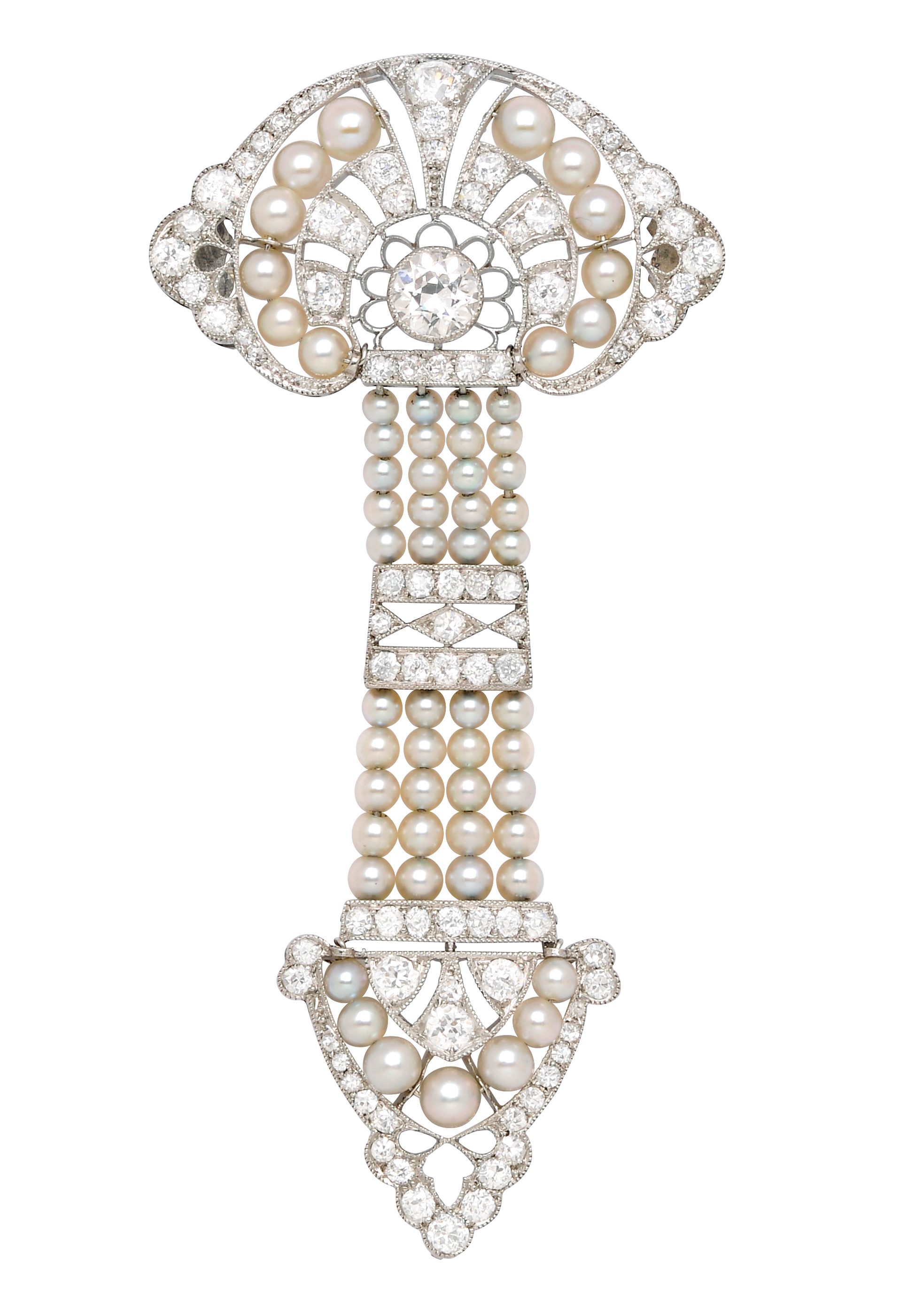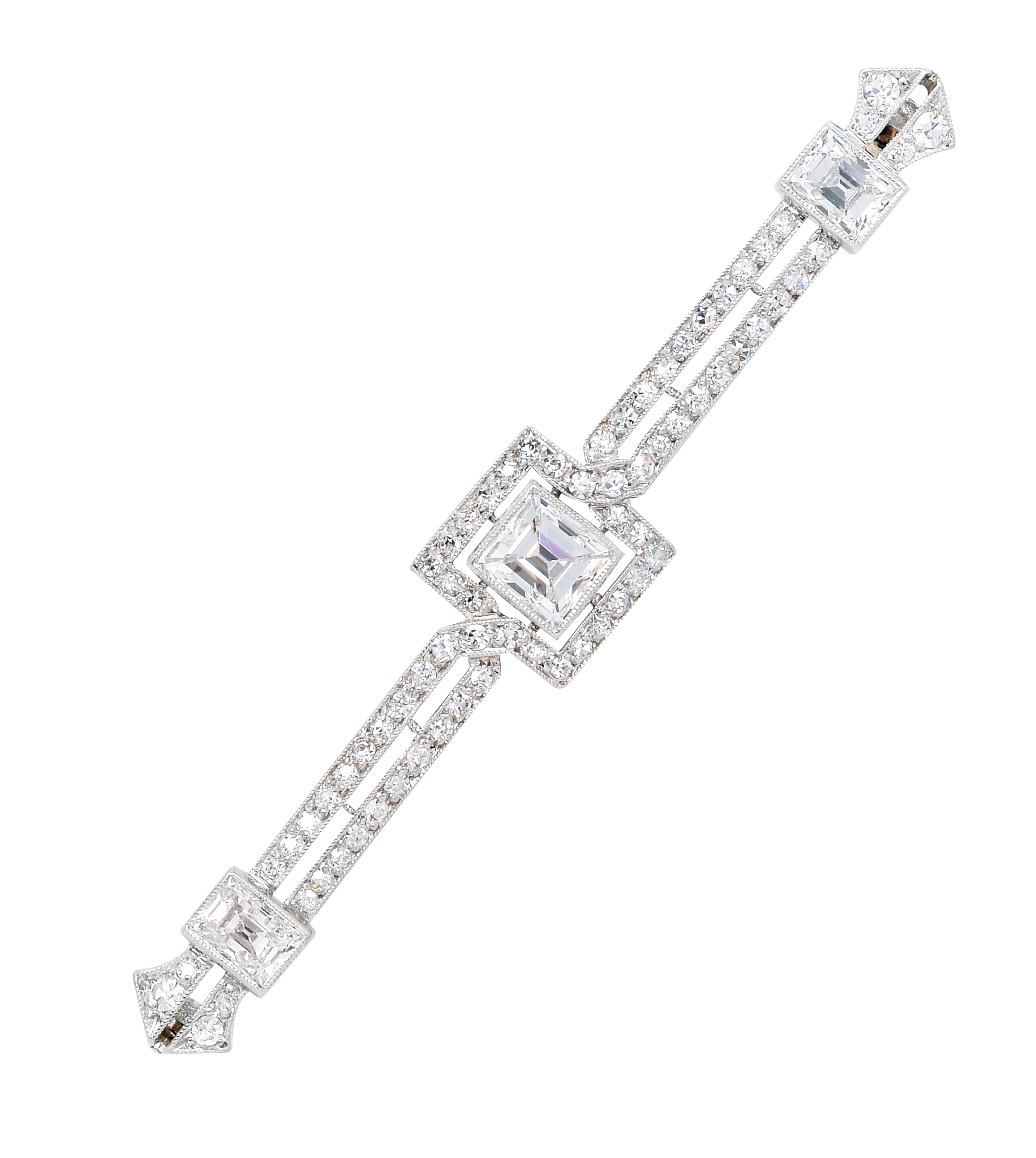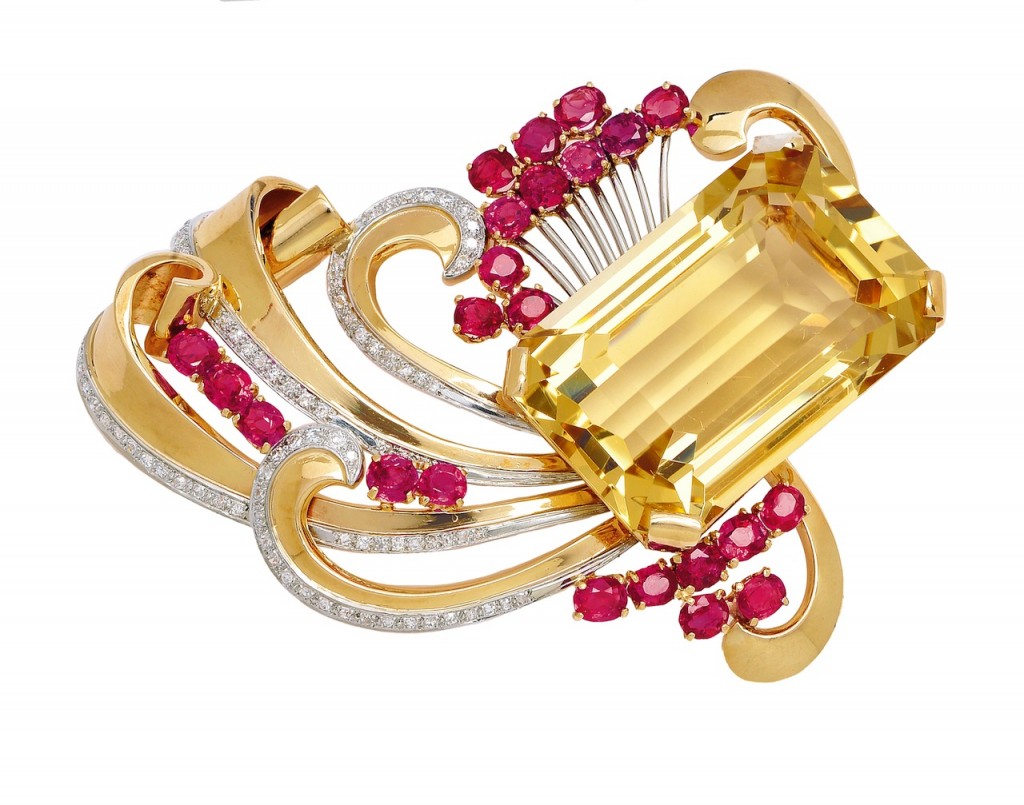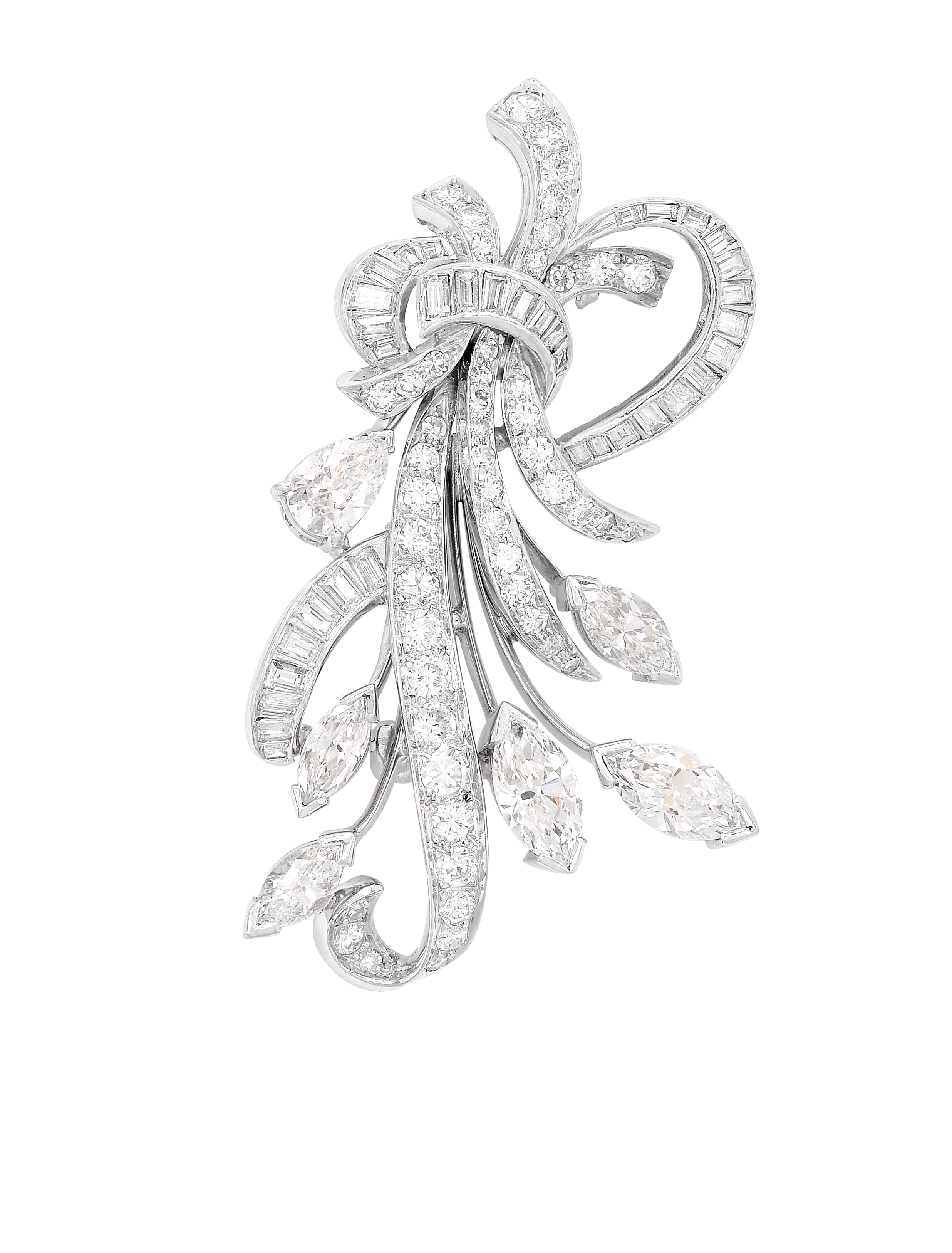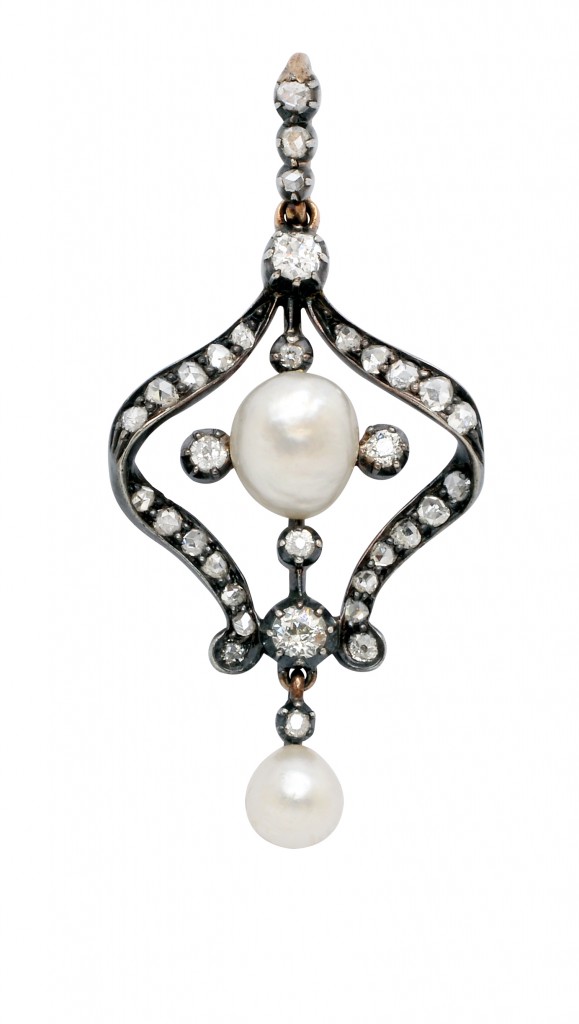We all have preferences in our choice of gemstones, but one thing we might feel more connected to is our birthstone. Birthstones are gems that have been chosen for astrological reasons and are associated with certain months. In almost every auction, we find that there is a full representation of the traditional Western birthstones. Looking through these birthstones, people might be pleased to find that there are diverse choices available. Birthstones are not limited to family rings.
January: Garnet: While we tend to think of Garnets as having a narrow palette of brownish red colours, there is a broad spectrum available, green varieties such as the very rare Demantoid being the most valuable, the most famous source of demantoid is the Ural Mountains in Russia.
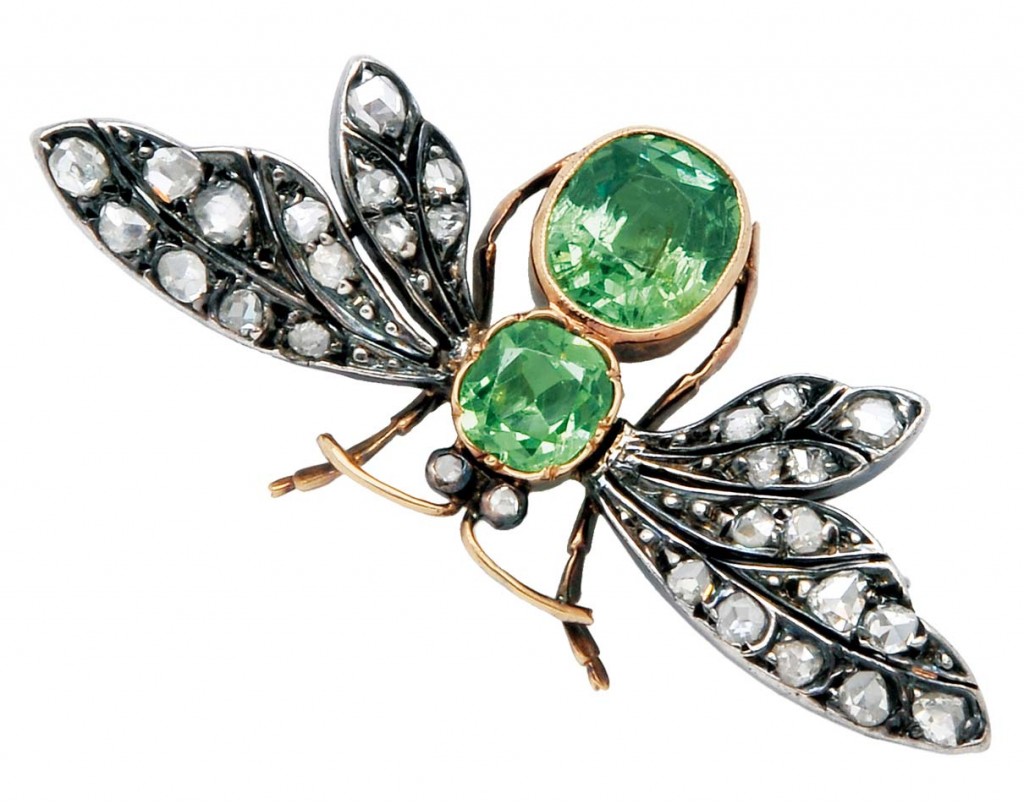
An Antique Demantoid Garnet and Diamond Bee Brooch: Lot 50, Spring 2014 sale
February: Amethyst is a purple variety of quartz, and is only one colour, but a beautiful colour. Amethyst is very popular today, and was also very popular in the Victorian period. In Ancient Rome, an amethyst dropped into a glass of wine was thought to prevent inebriation. It is the Provincial gemstone of Ontario, Canada.
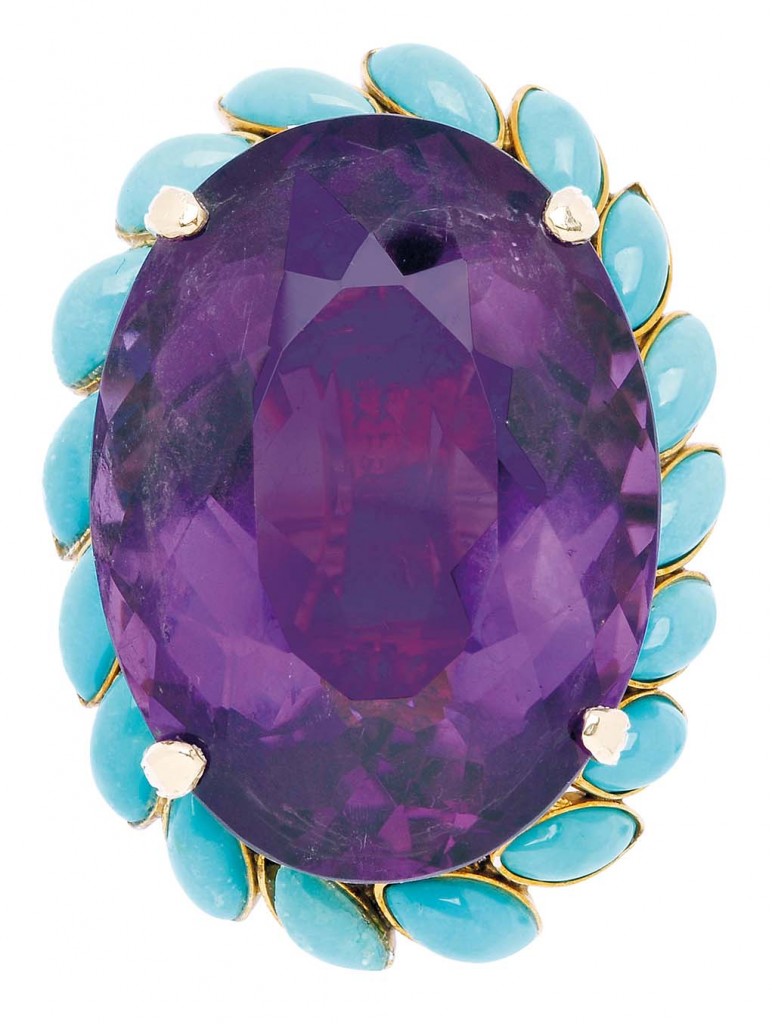
Amethyst, Turquoise and 14K Gold Ring: Lot 462, Spring 2014 sale
March: Aquamarine is a greenish blue to blue gem. Its name derived from Latin, suggests the colour of water (aqua) and sea (marine). The gem ranges from pale to intense, and is most treasured in a strong blue colour. It most famously originates in Brazil.
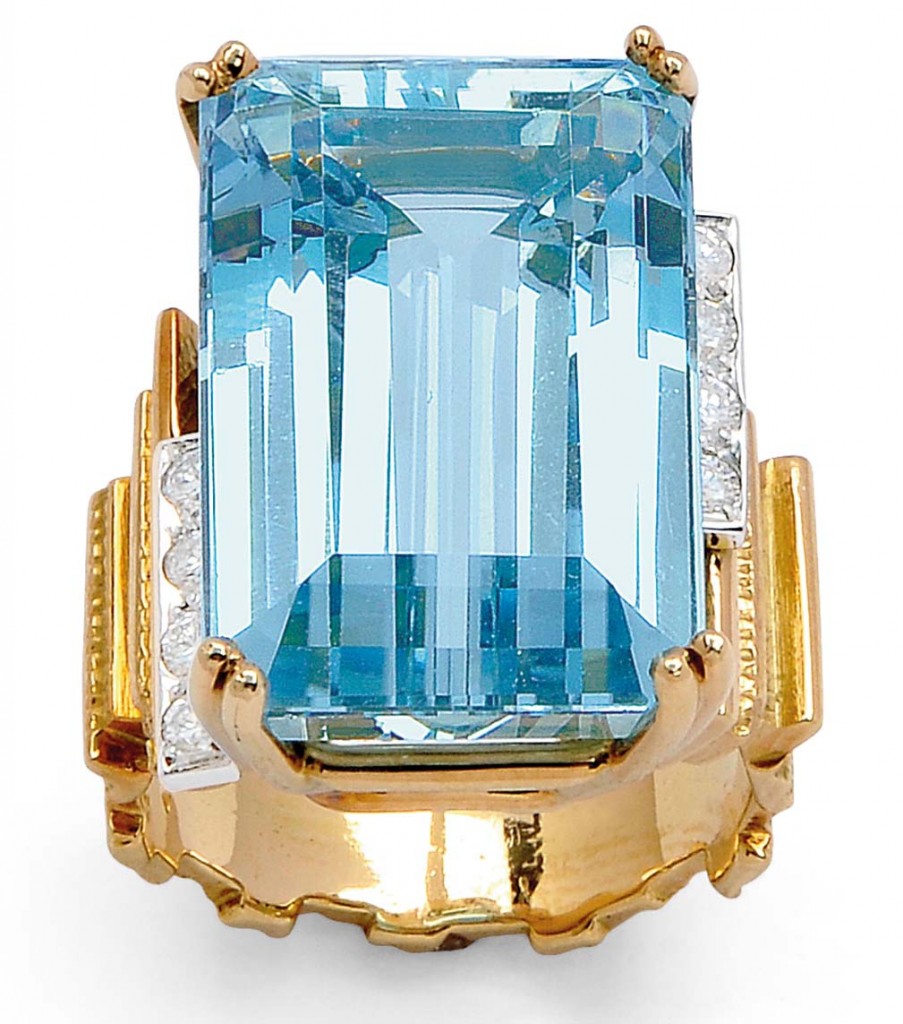
Aquamarine, Diamond and 18K Gold Ring: Lot 485, Spring 2014 sale
April: Diamond is the best known gem in the world. There are more legends and histories revolving around diamonds than all other gems combined. For thousands of years, India was the only known source of these gems, until the 18th Century when they were discovered in Brazil, and the 19th Century when they were discovered in South Africa. The 21st Century sees diamonds being mined in Australia, Canada, Russia, Namibia, and Botswana, among other countries. Canada is the 3rd largest diamond producer in the world. It is rare to see a diamond as fine as Lot 388, the pear shaped 9.35 carat, F colour, VS-1 clarity gem in the Spring 2014 sale.
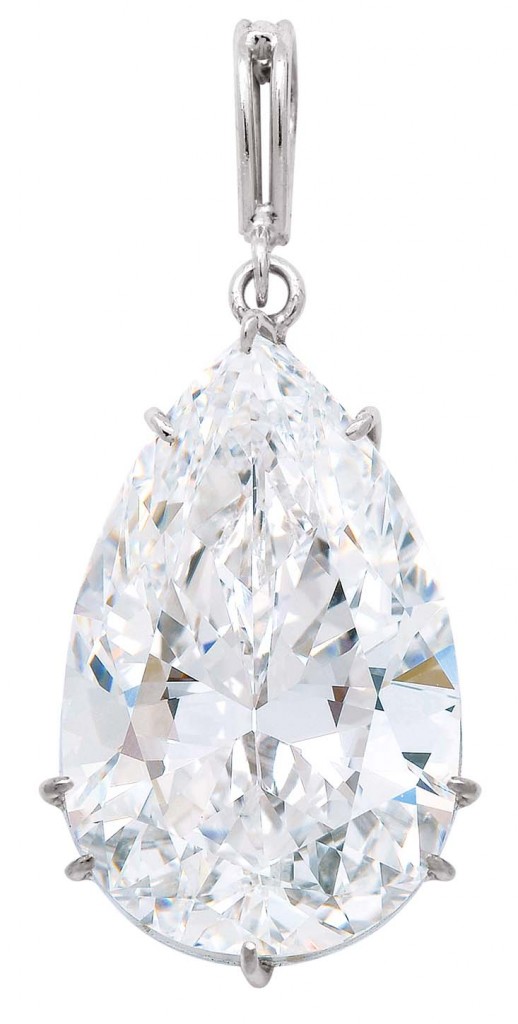
A Diamond Solitaire Pendant: Lot 388, Spring 2014 sale
May: Emeralds are the green variety of the mineral beryl. Historical myth states that Emperor Nero looked through an emerald monocle at gladiator fights and during the burning of Rome. Emeralds are a soothing gem. They naturally have visible inclusions, sometimes referred to as “jardin” (garden from French). It is truly rare to find an emerald as beautifully coloured and as clear to the eye as Lot 49 in the Spring 2014 sale. It is truly an exceptional gem.
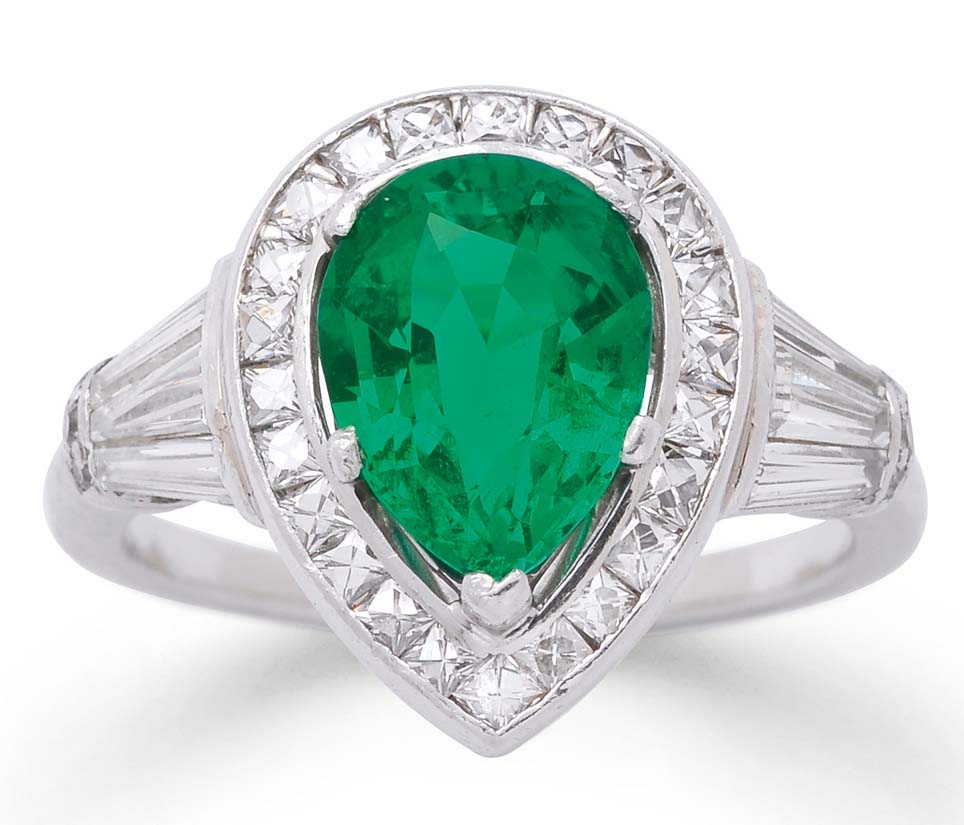
An Emerald and Diamond Ring: Lot 49, Spring 2014 sale
June: Alexandrite is a fascinating gem. It appears one colour in one kind of light, and another colour in another kind of light. The gem’s name originates from the time of its discovery in Russia in April 1834 on the birthday of the future Tsar, Alexander II. Its colours from Russian sources are famously green in sunlight, and red in candlelight, or incandescent light, and red and green were the Russian national colours. Some specimens from other sources are purple to blue, but the colour change is fascinating either way.
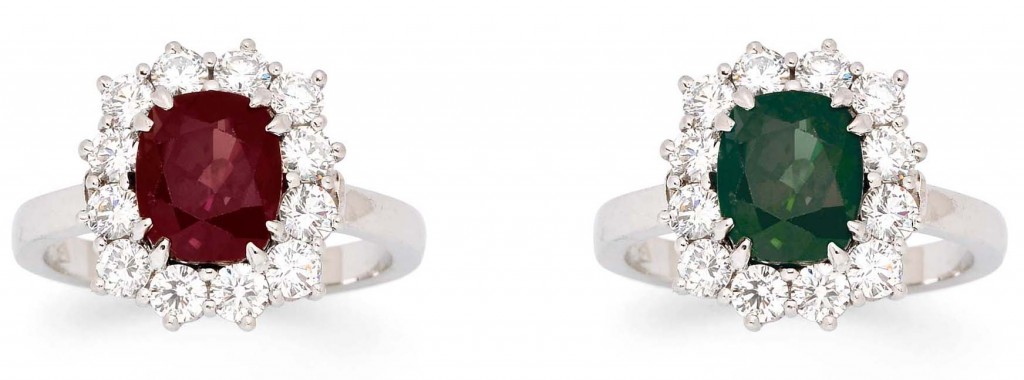
An Alexandrite and Diamond Ring: Incandescent light (left), daylight (right): Lot 123, Spring 2014 sale
Pearls are an alternate birthstone for June. Natural pearls are very rare, and occur purely by an accident of nature. Most pearls we see are cultured, and while the outer surface is exactly the same on the cultured and natural pearls, the cultured pearls are helped along, usually by placing a mother of pearl bead inside the mollusc, and it then coats it with nacre (pearl material) for a few years. Natural pearls are the nacre material through to the centre, and may have taken many years to form. Lot 365 is a very rare and unusually large pearl that has an independent report describing it as natural.
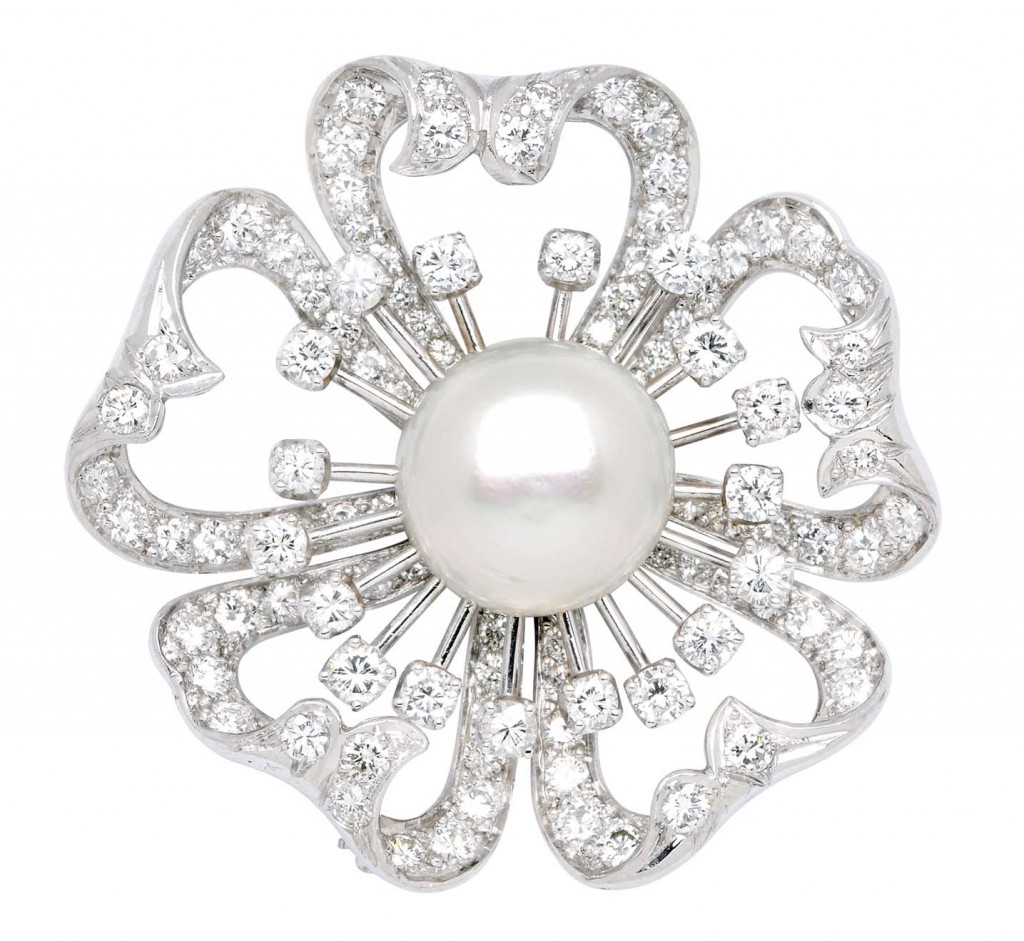
A Natural Pearl, Diamond and Platinum Brooch (14.74mm diameter pearl): Lot 365, Spring 2014 sale
July: Ruby is a red gem, a passionate colour for a passionate gem. The finest colour is brilliantly pure red, and the gem most commonly has inclusions visible to the eye. The most famous source of ruby is Myanmar (formerly Burma). Ancient literature suggests that someone who dreams of a ruby will have good fortune. It would certainly be good fortune to be the highest bidder on the exceptionally red Lot 355. While the vast majority of rubies have been heated to improve their colour, this ruby is untreated.
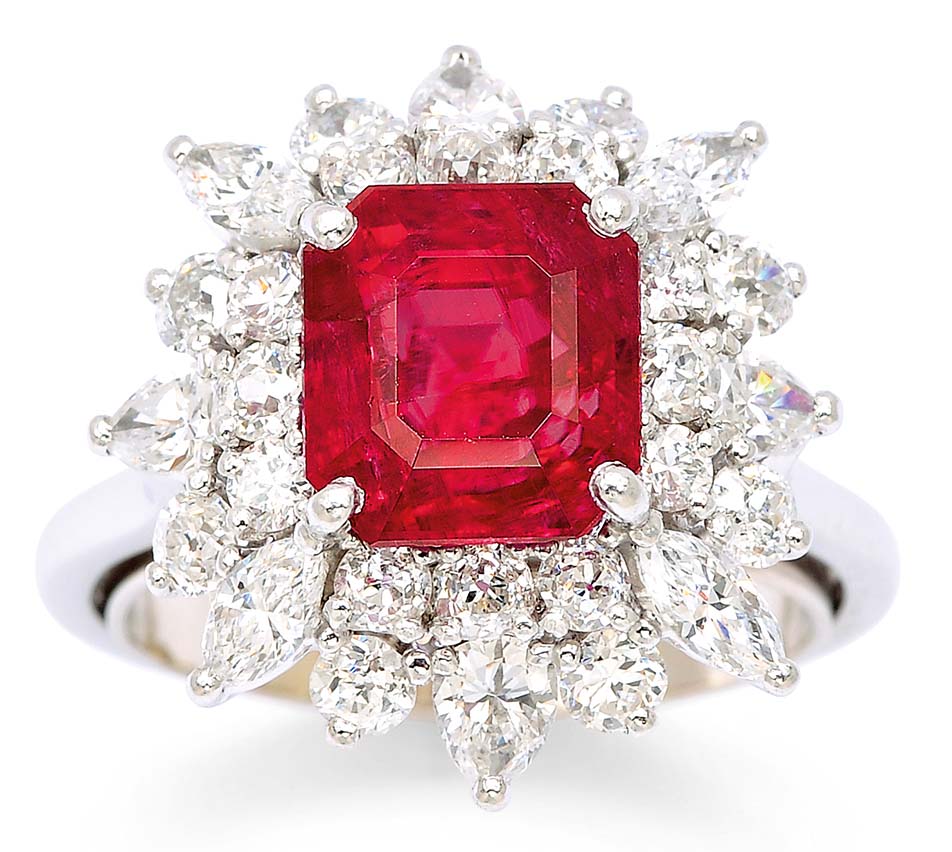
A Ruby and Diamond Ring: Lot 355, Spring 2014 sale
August: Peridot is one of those gems that is only available in one colour. It is a yellowish green, and most often is clean to the eye. Historically, the most famous source of peridot is the “Serpent Isle”, in the Red Sea. The gem was used in ancient Egypt, and was only to be used by those of the highest rank in society. It was said to dispel the dark things of the night. Today, Pakistan and Myanmar (formerly Burma) are sources of important peridots. This ring by British designer Theo Fennell makes wonderful use of the colours of peridot and topaz in combination.
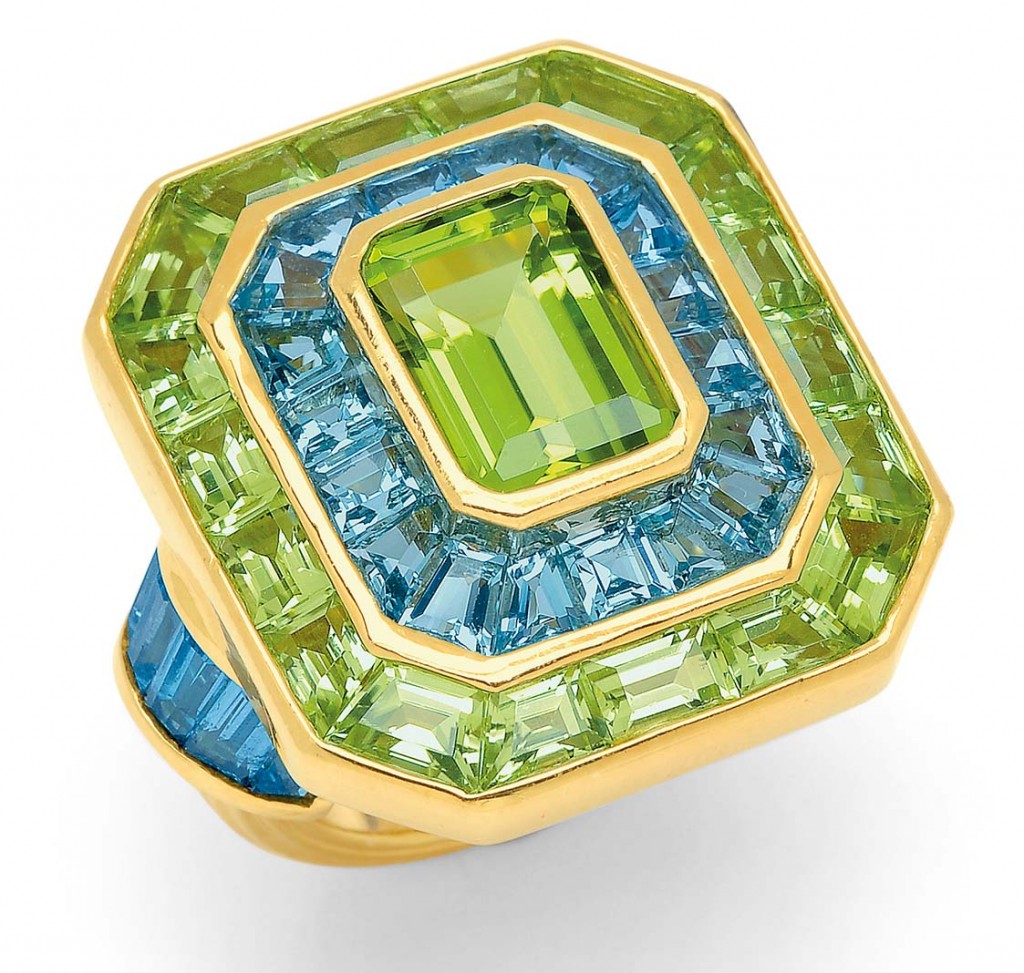
A Peridot and Blue Topaz Ring: Lot 280, Spring 2014 sale
September: Sapphires may be any colour except red (ruby is the same mineral, but is the red colour). Sapphires famously originate in Kashmir, Sri Lanka, and Myanmar (Burma), but are also mined in Madagascar, Australia, Thailand, and other countries. Blue is the colour most associated with sapphire, and the finest colour is a bright medium blue sometimes referred to as “cornflower blue”. Sapphire is considered to be a soothing gem.
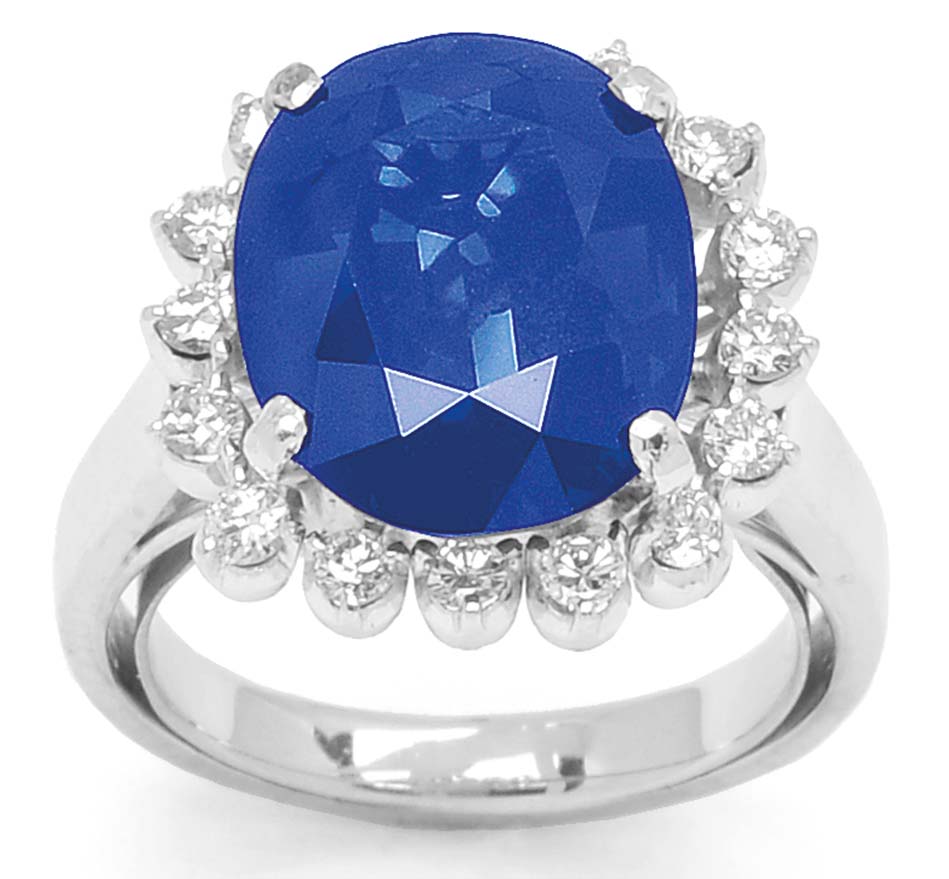
A Sapphire and Diamond Ring: Lot 265, Spring 2014 sale
October: Opal is an unusual gem. Opals may have a number of different appearances, and may be clear and colourless to black or orange or red in their body colour, and are valued for the flashes of colours that shimmer about on their surface when they move in the light. Queen Victoria loved opals. The most famous source of opal is Australia, with the most precious, black opal, originating principally in a small town called Lightning Ridge.
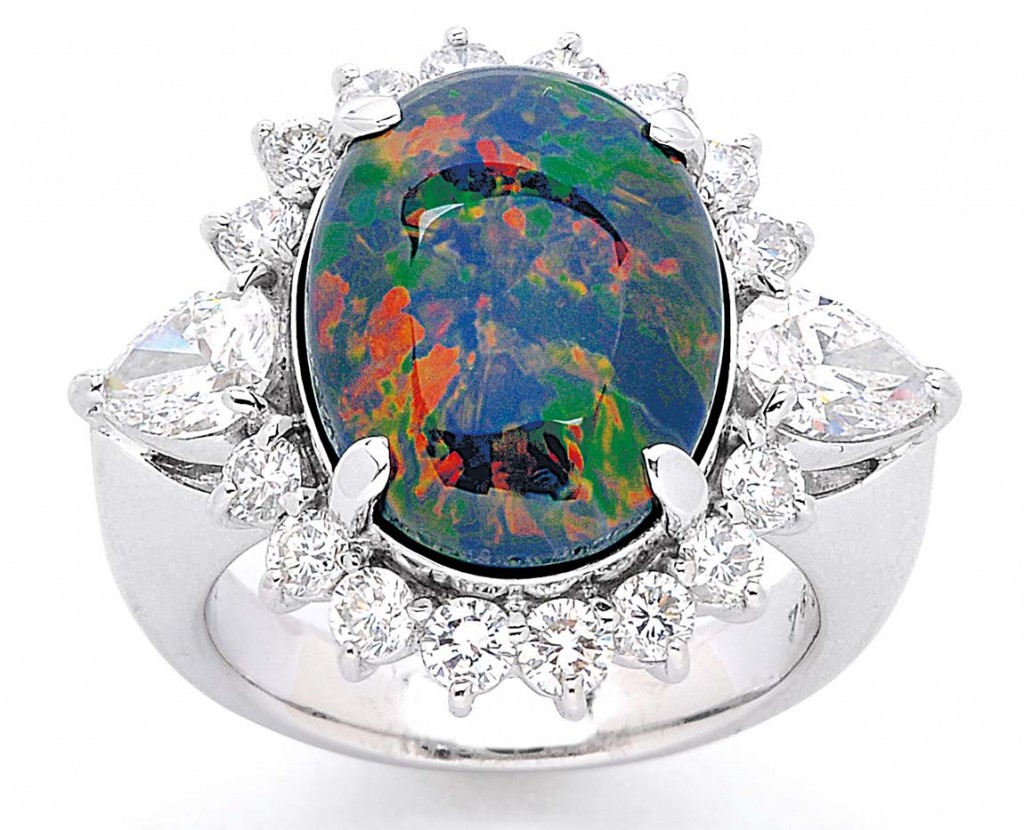
A Black Opal, Diamond and Platinum Ring: Lot 252, Spring 2014 sale
November: Topaz is a gem found in numerous colours. The golden yellow colour is best known, while pink is rare. Blue in various shades is widely available, often produced by treating colourless topaz. Historically, citrine and smoky quartz have mistakenly been referred to as topaz. Brazil is the most famous source for topaz. With a slight overtone of pinkish, golden yellow topaz is often referred to as “imperial” topaz.
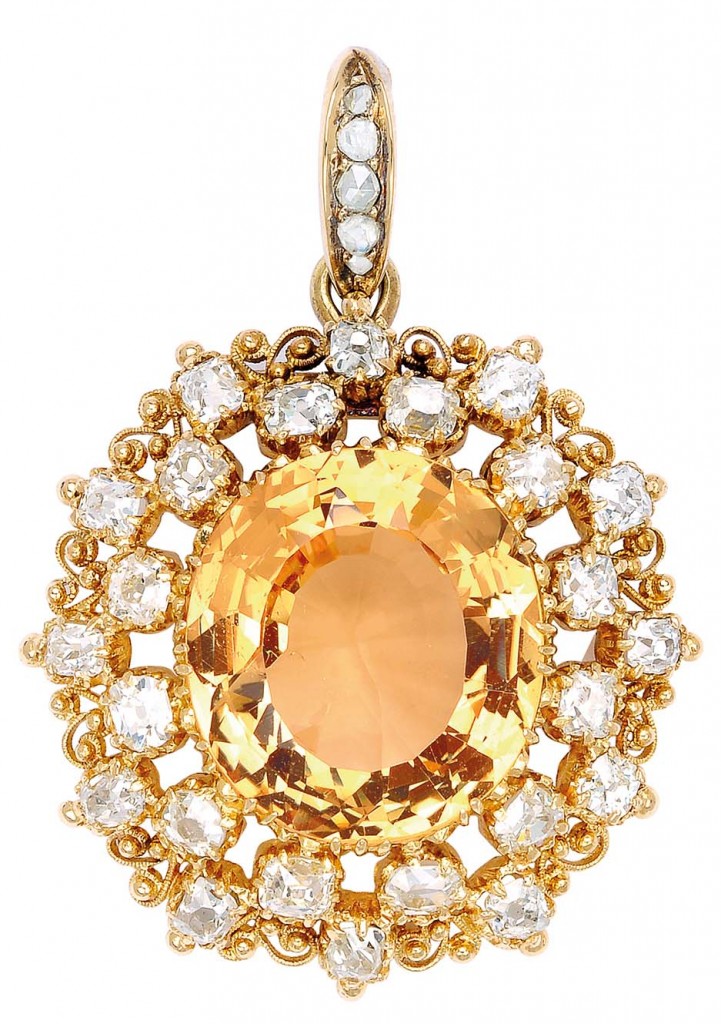
A Topaz and Diamond Pendant: Lot 24, Spring 2014 sale
December: Tanzanite has recently been adopted as a Birthstone for December. Introduced to the world by Tiffany, Tanzanite made its debut in 1967. This lively purplish blue gem is found principally in one source not far from the base of Mount Kilimanjaro in Tanzania, the country after which it is named.
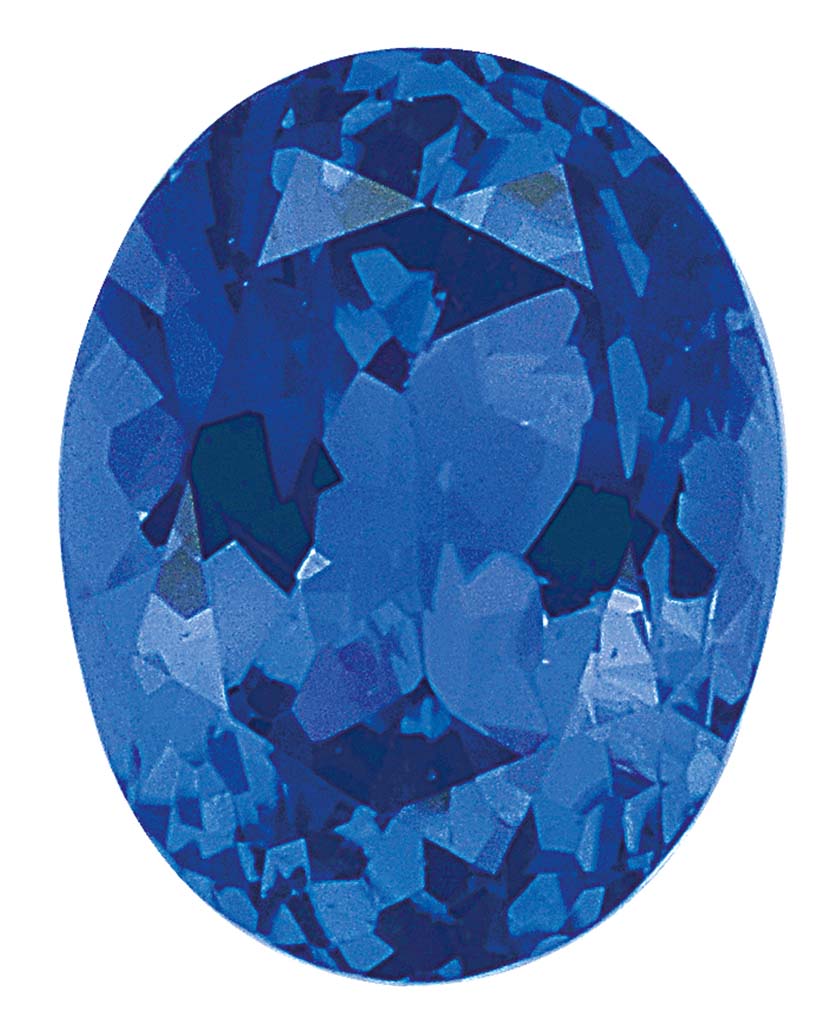
Unmounted 9.29-Carat Oval Tanzanite: Lot 491, Spring 2014 sale
